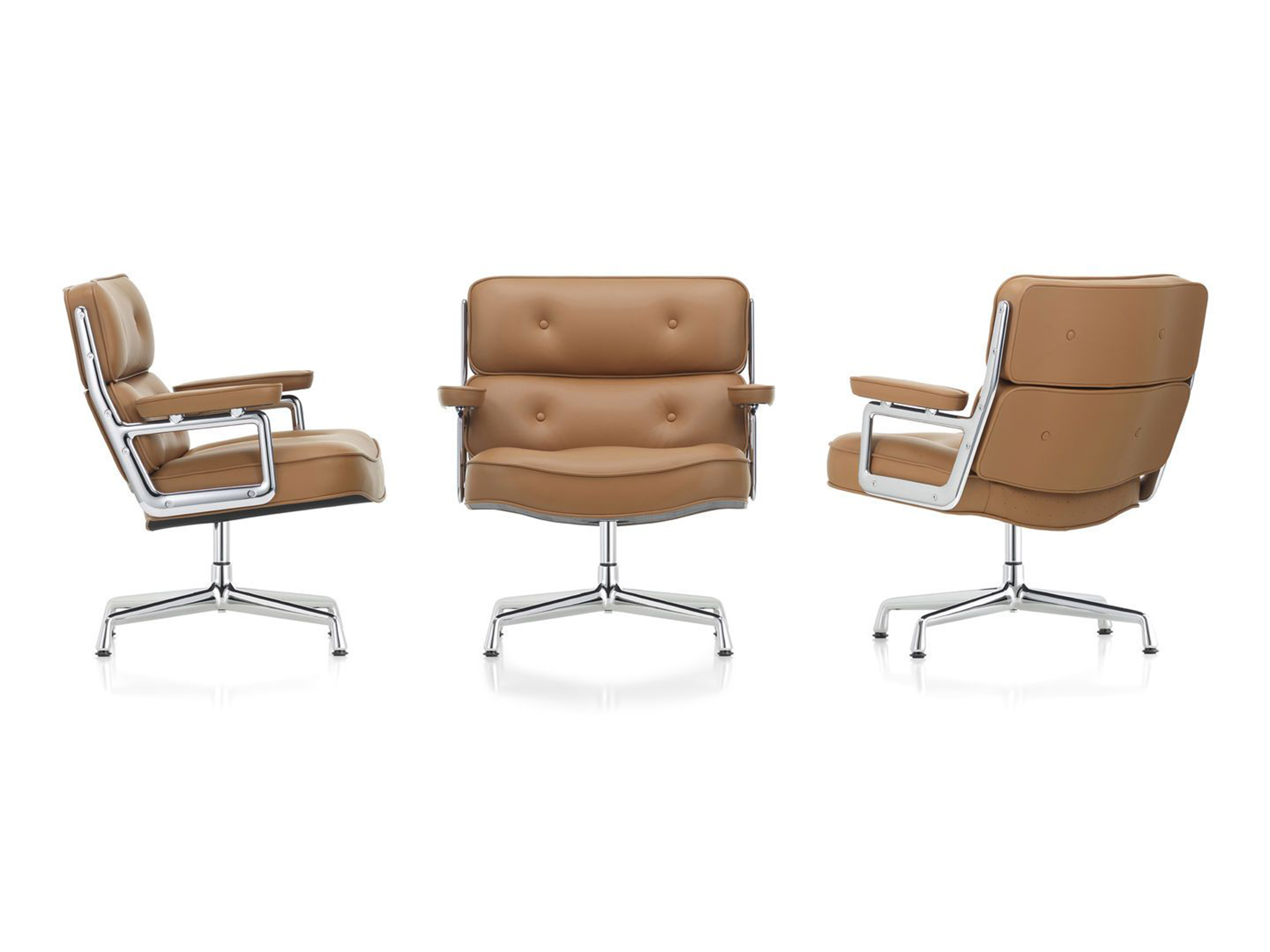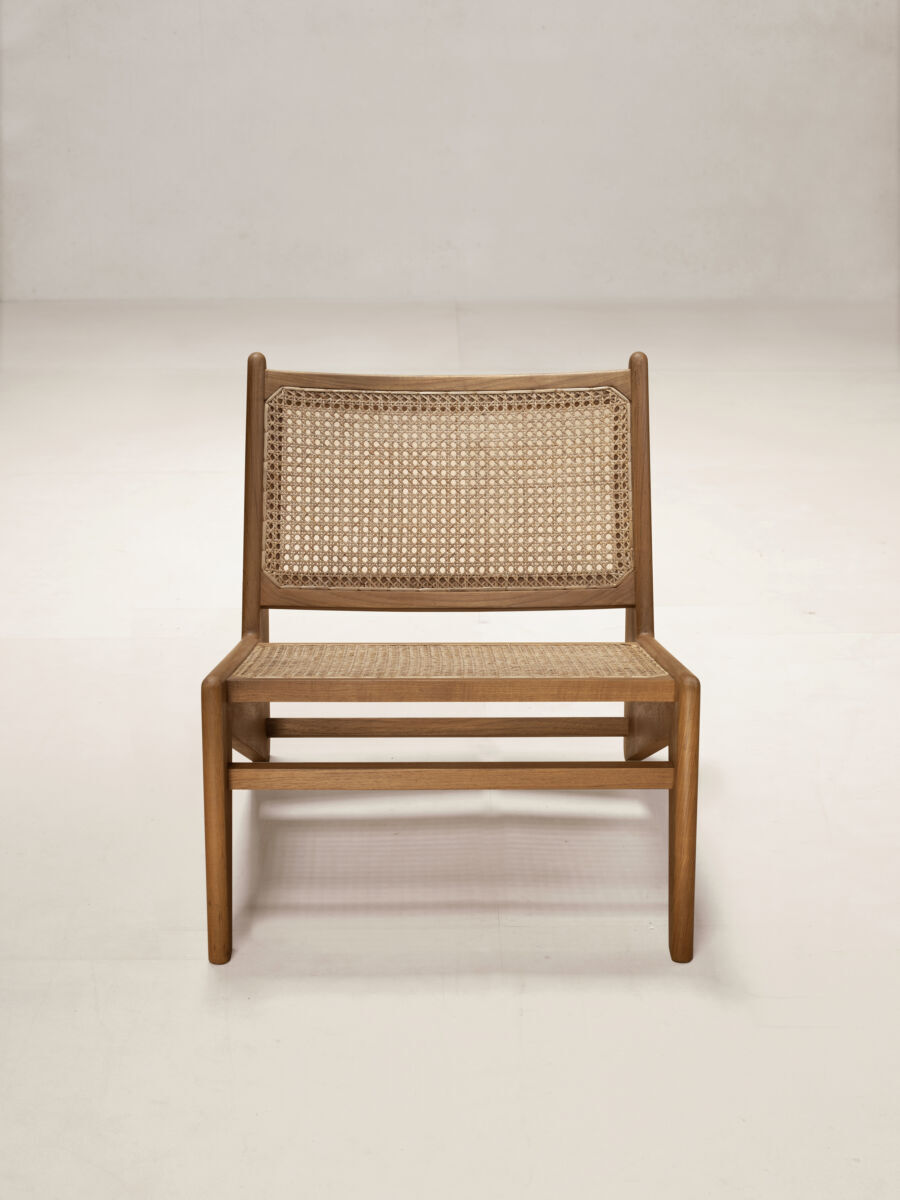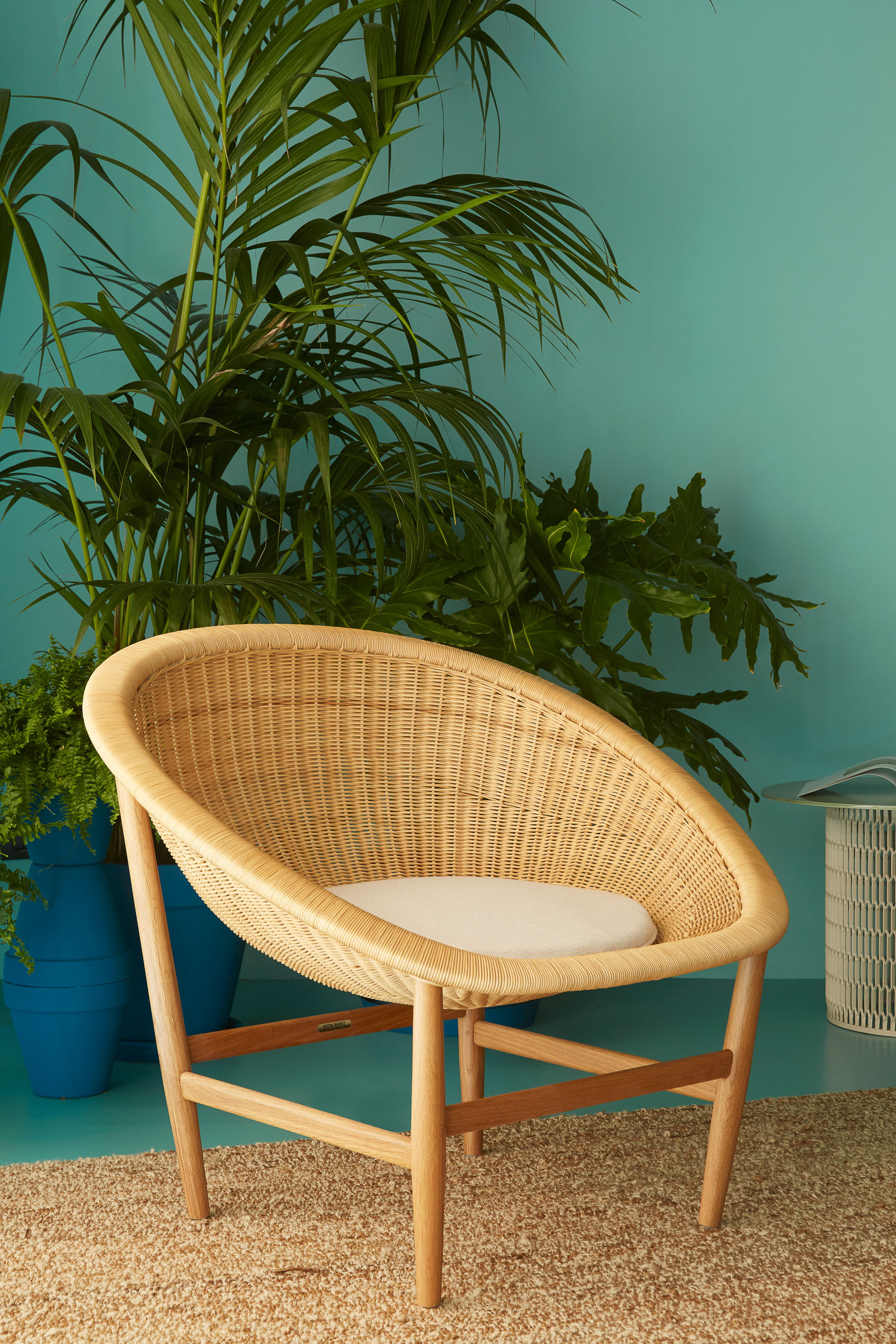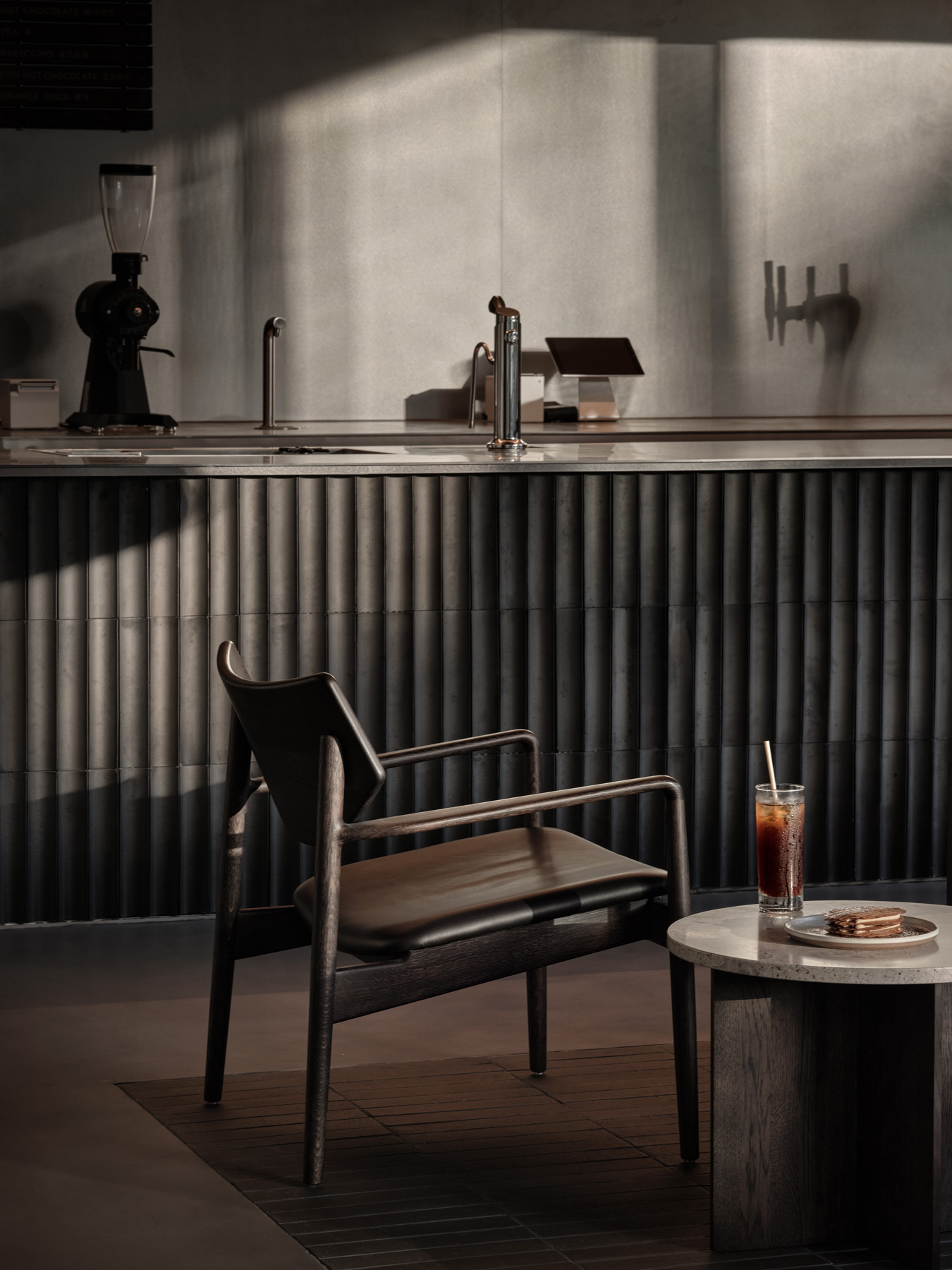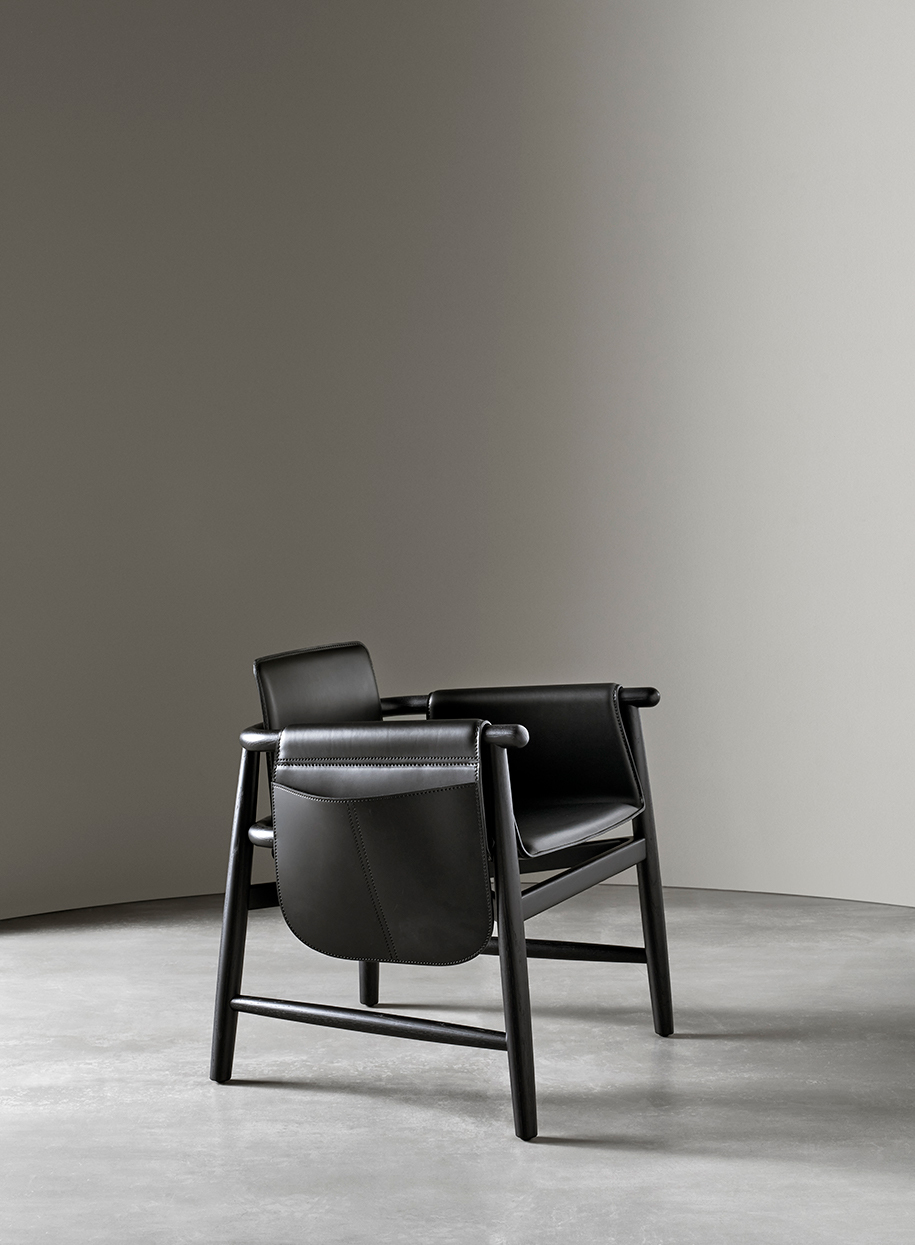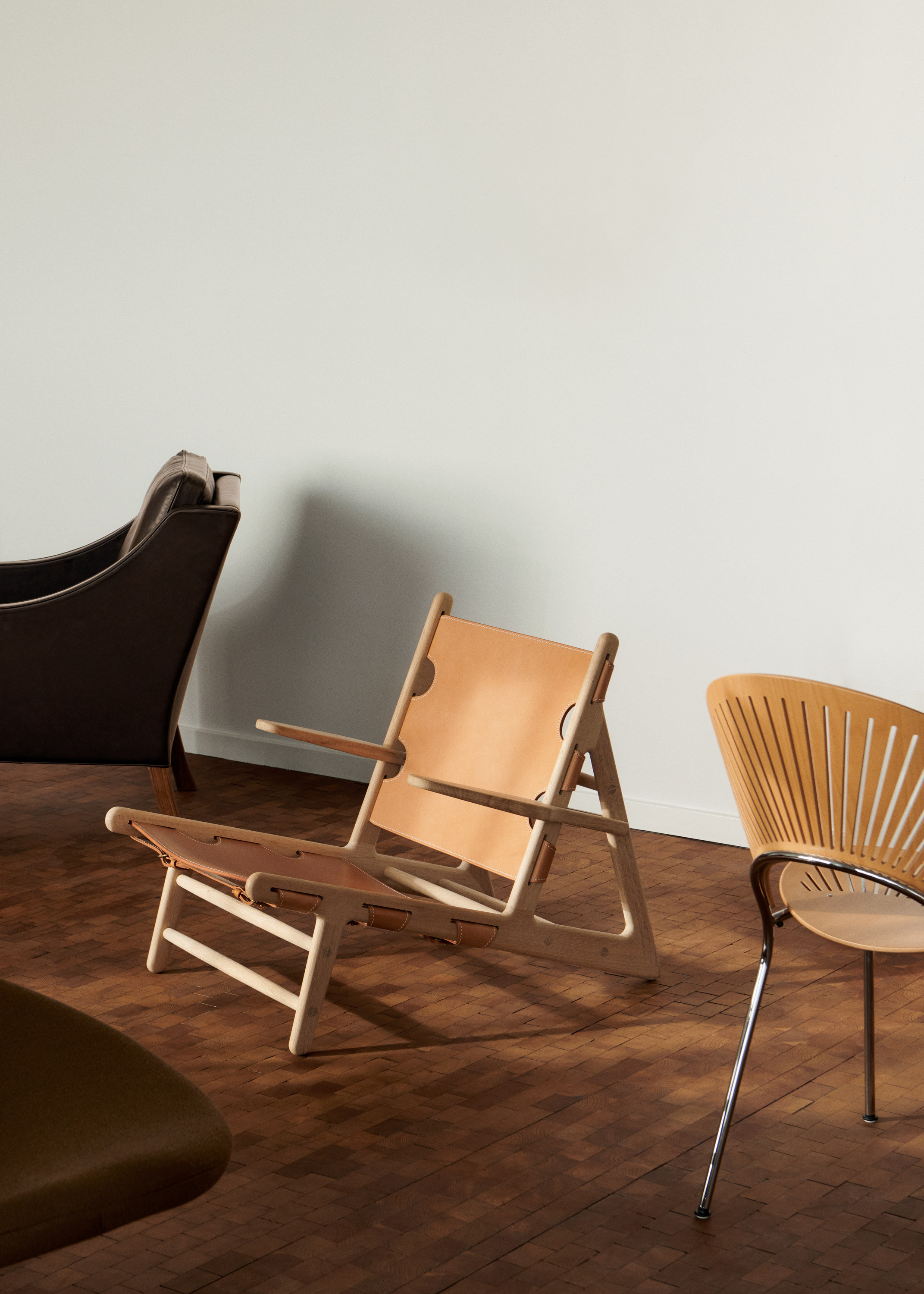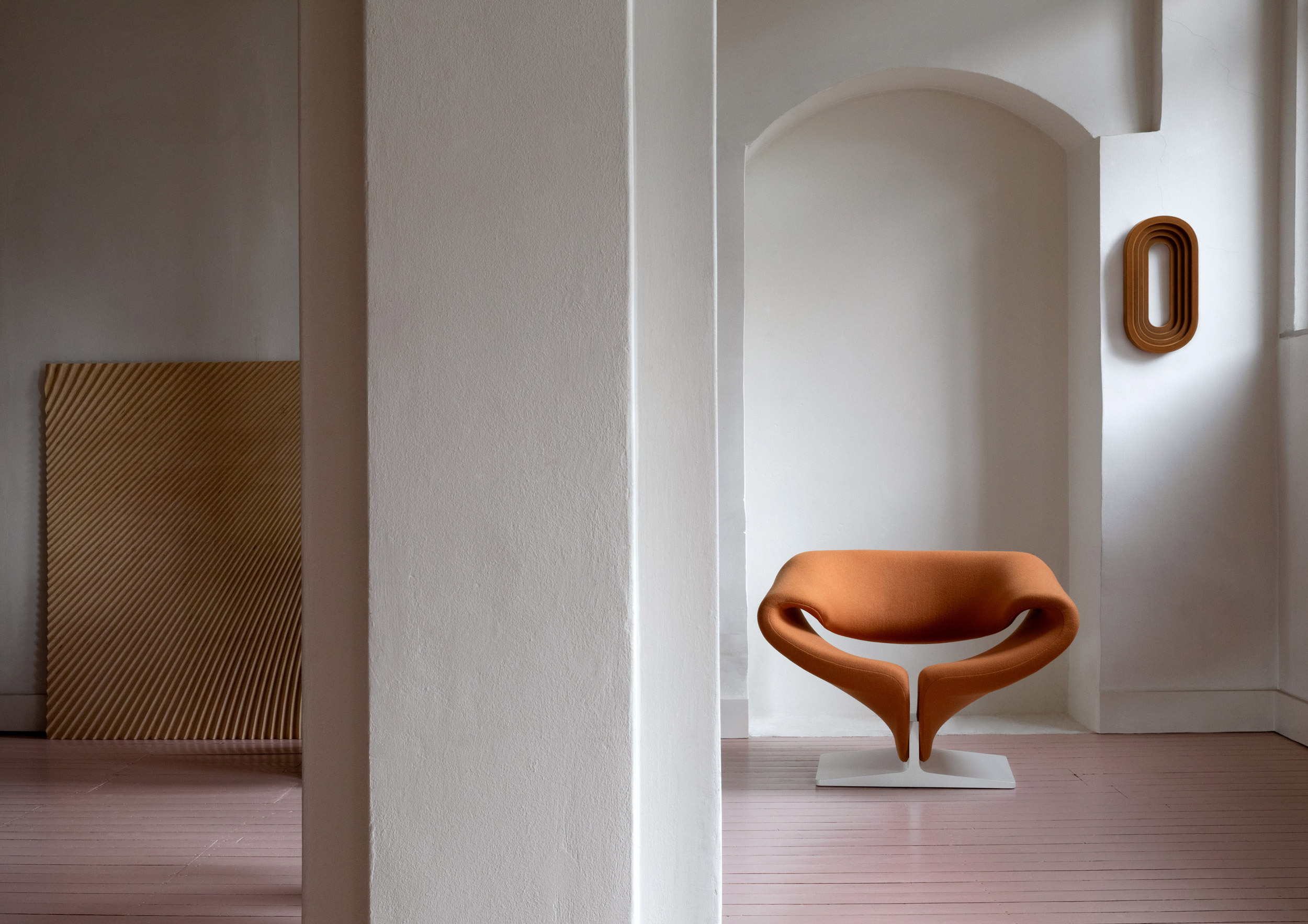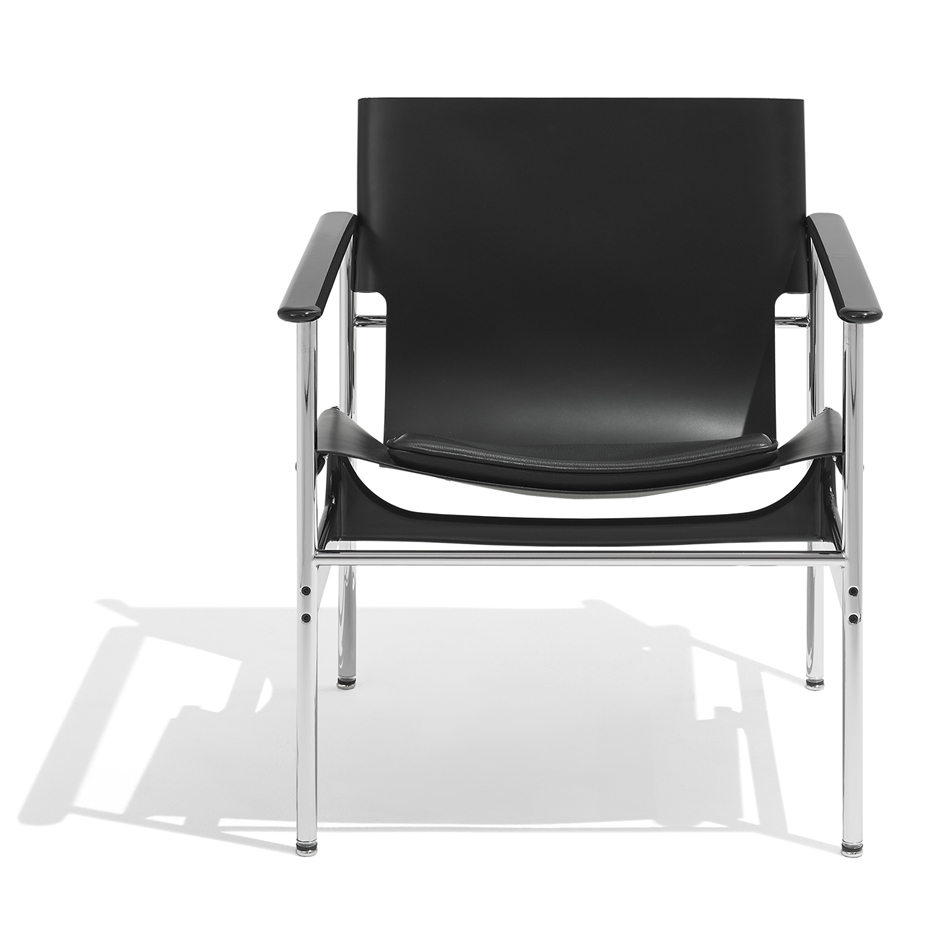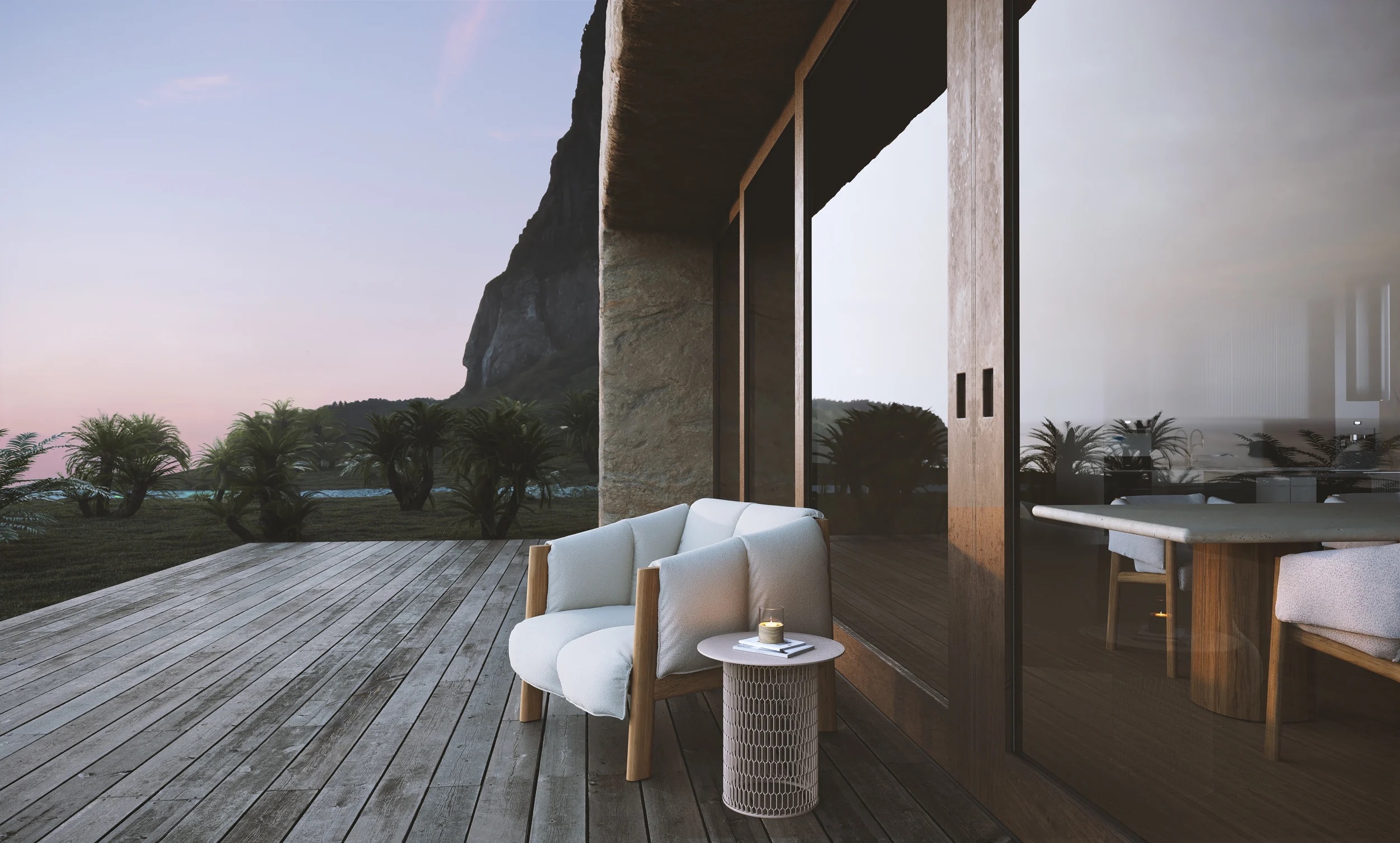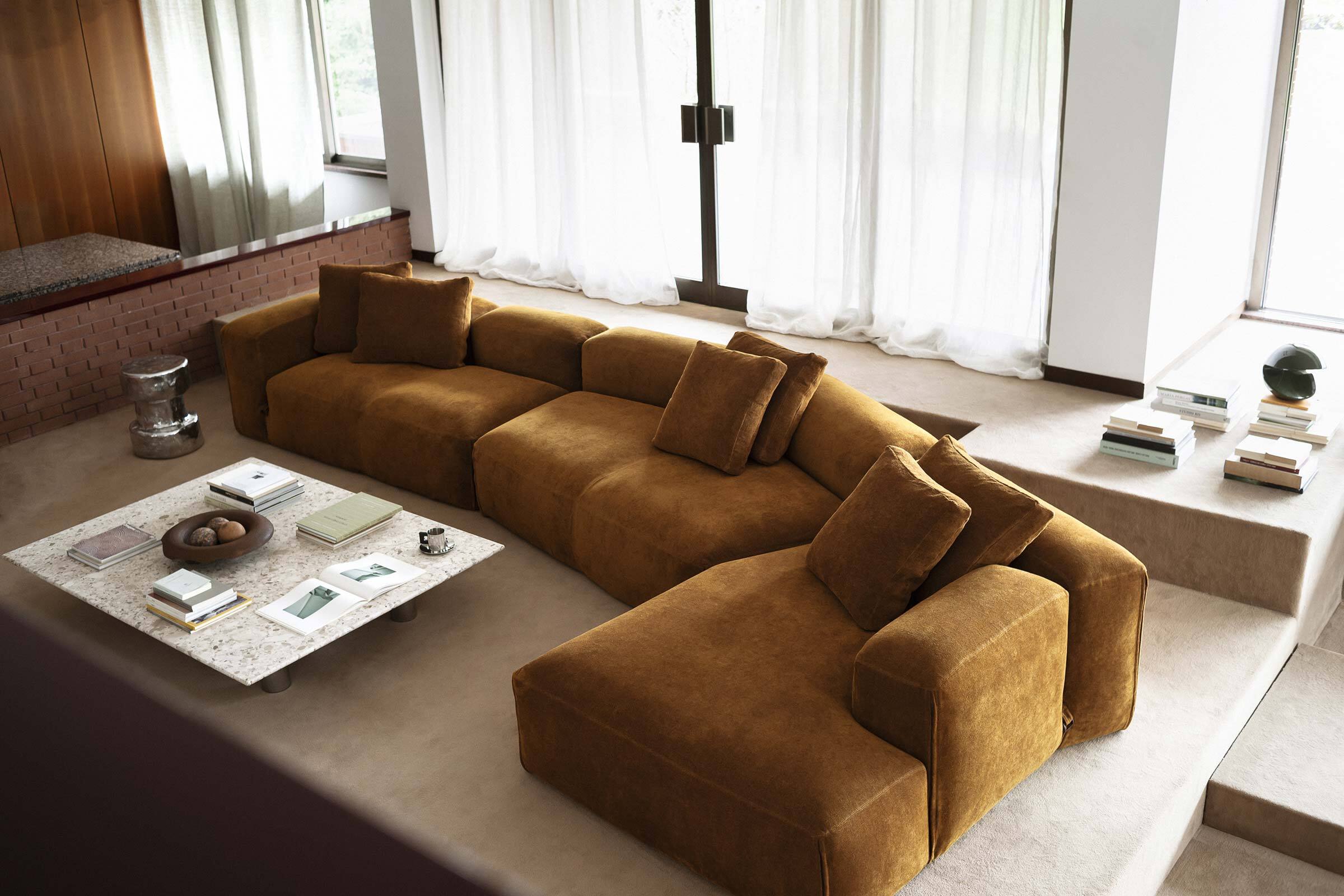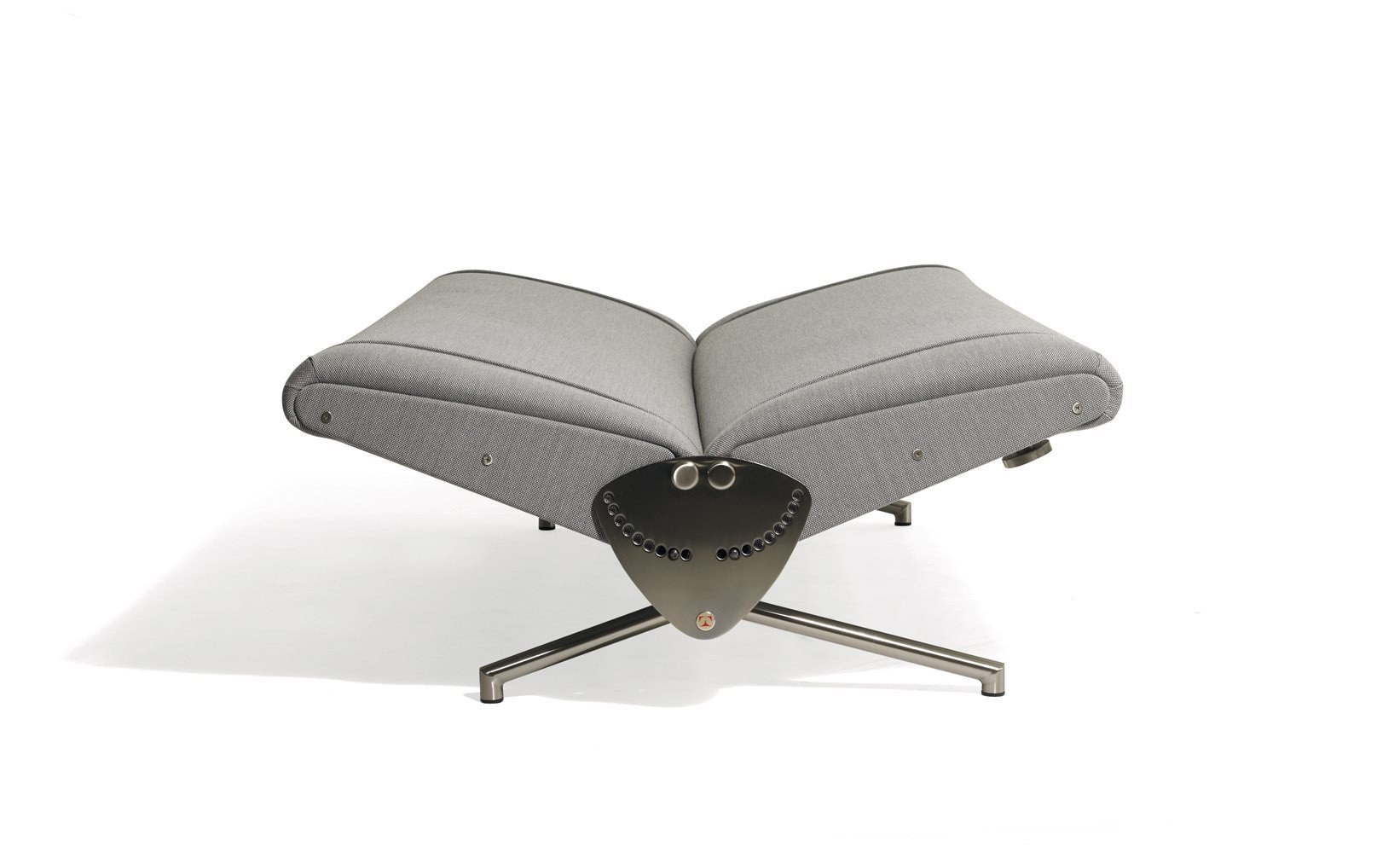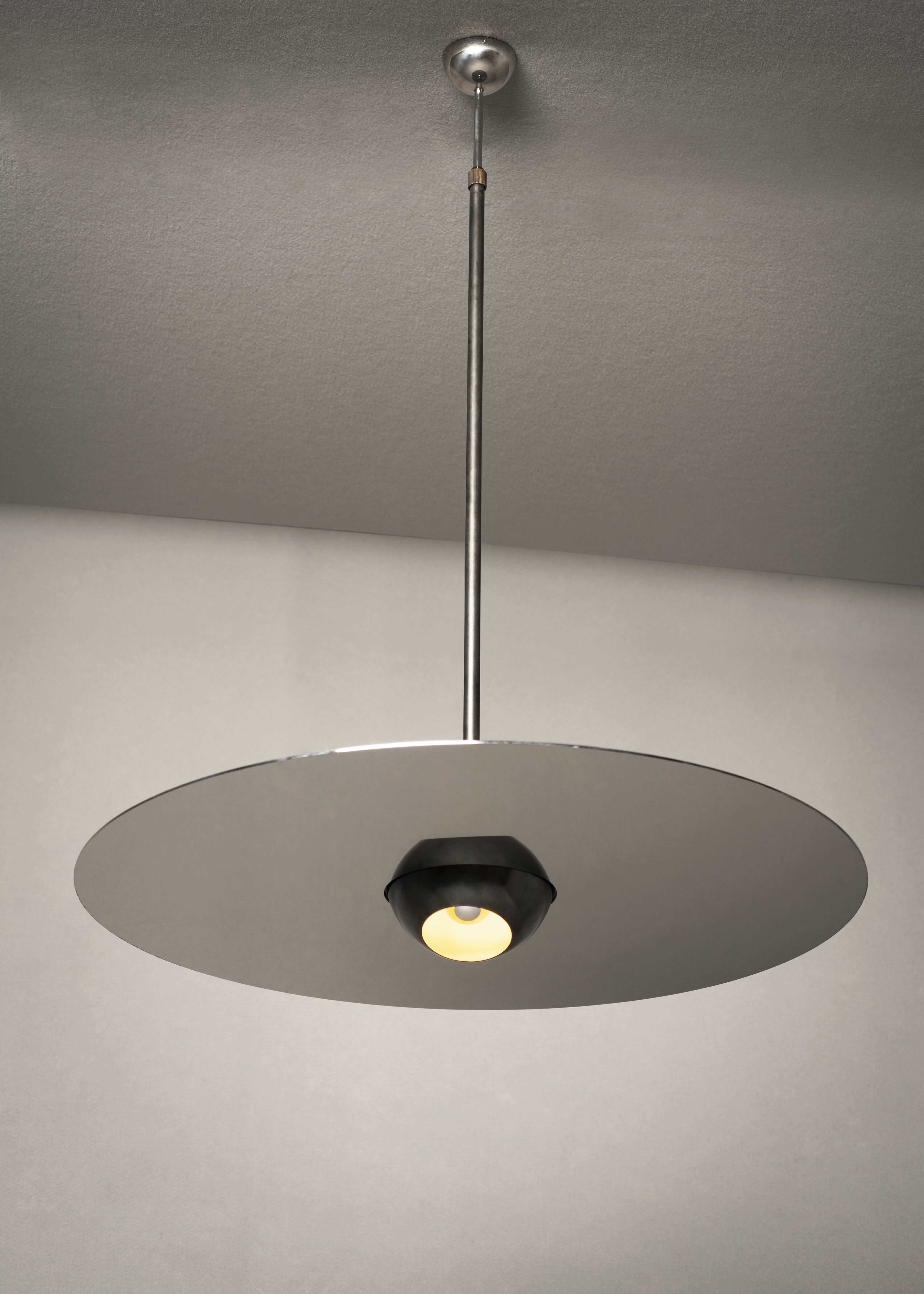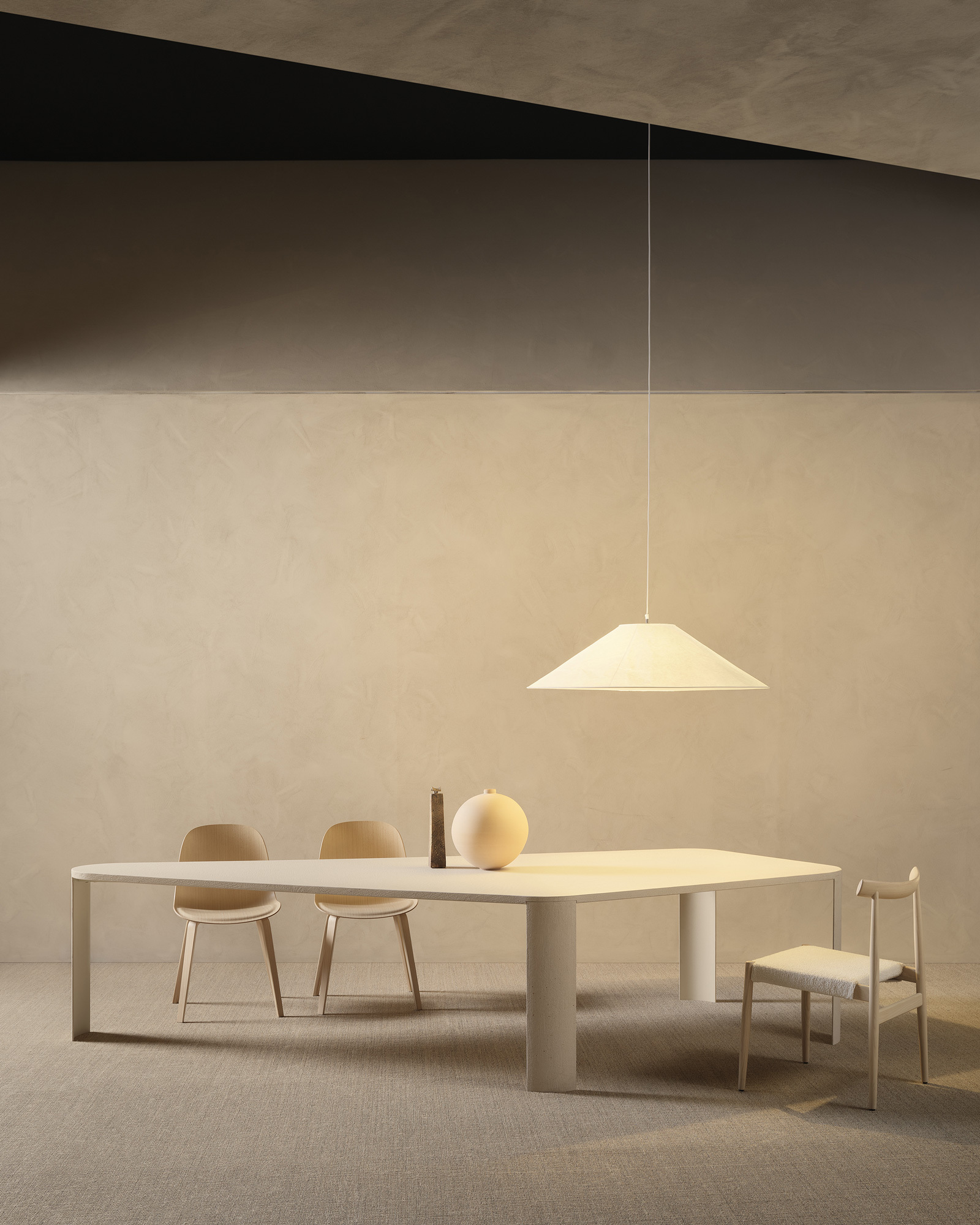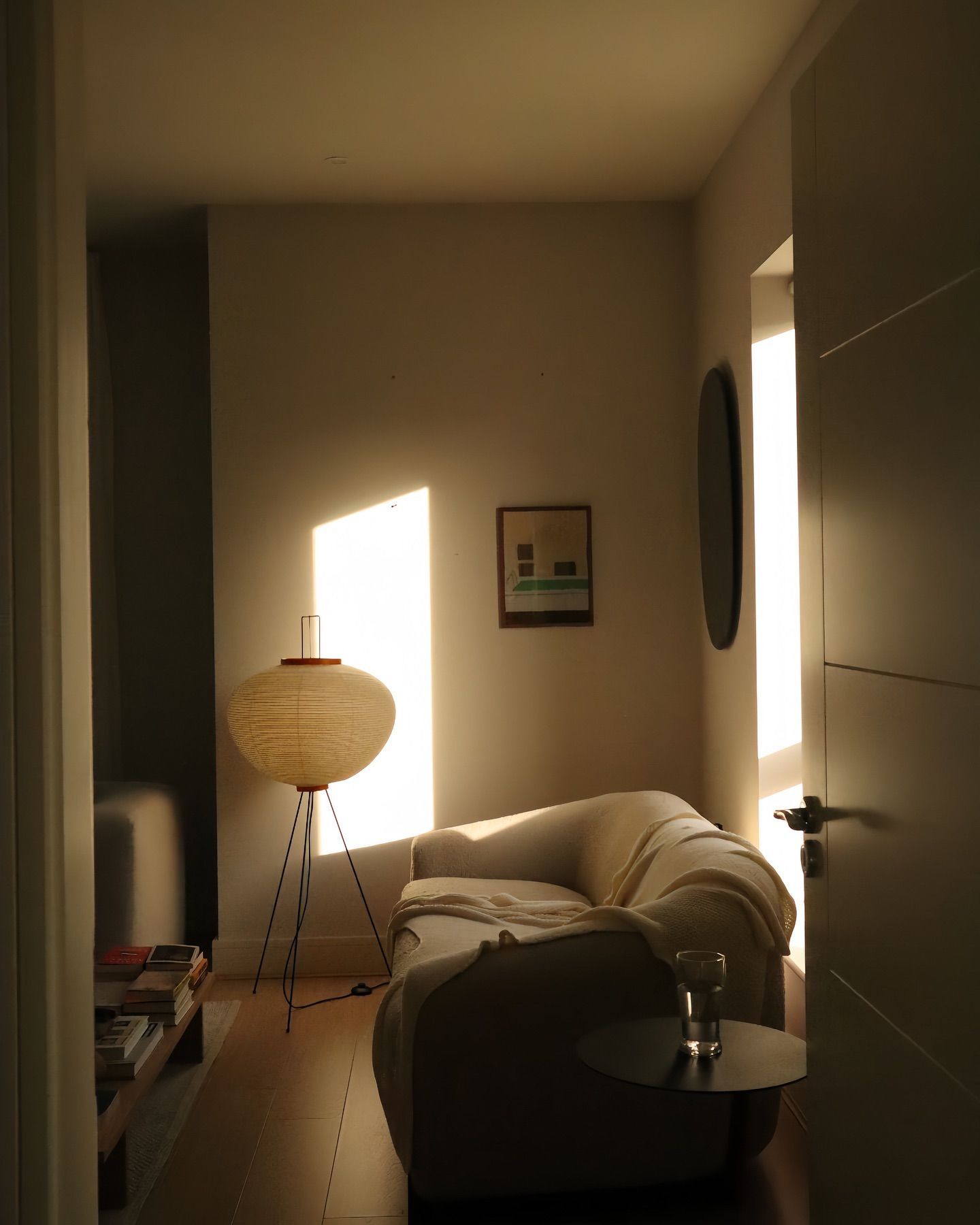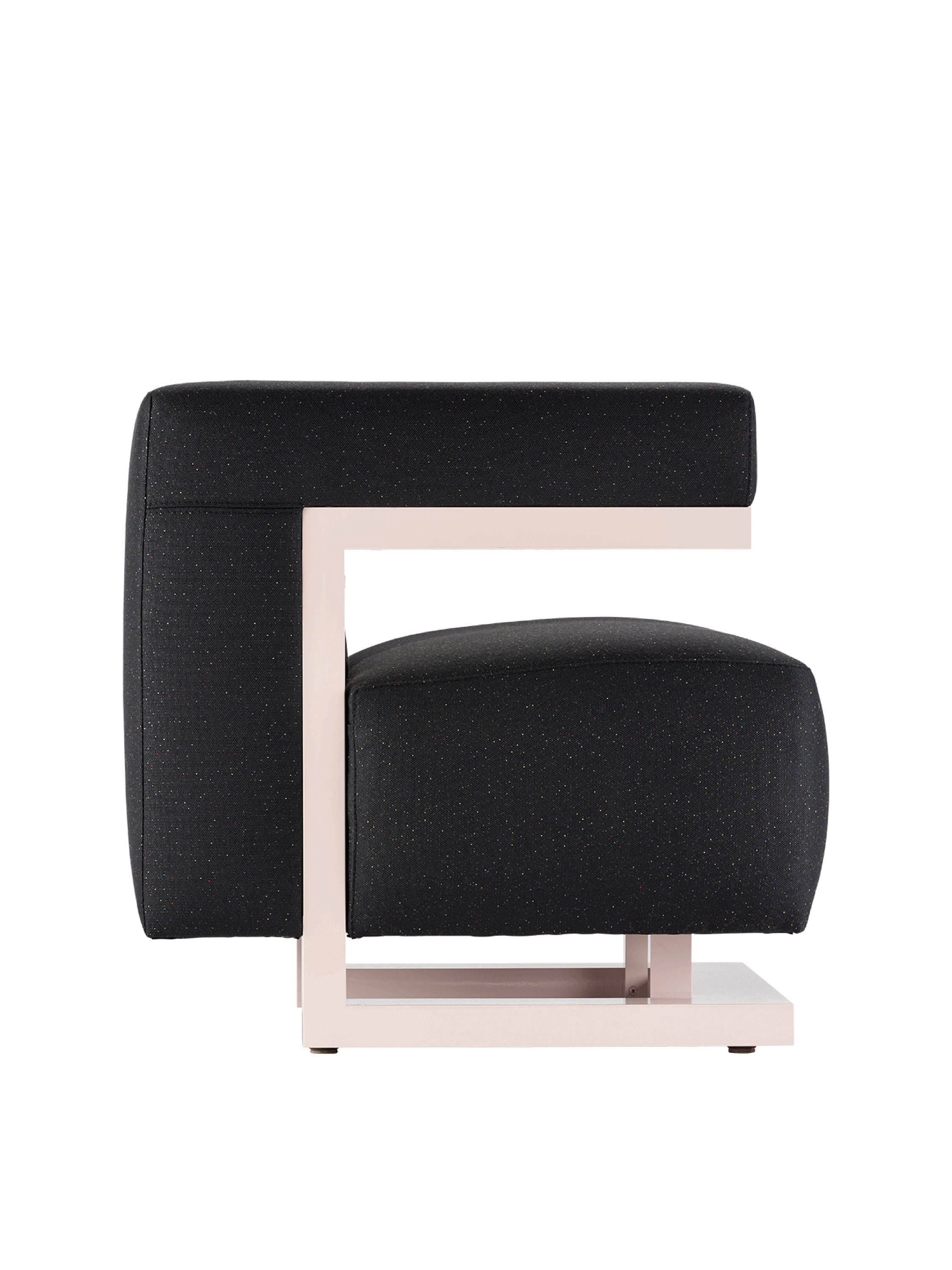
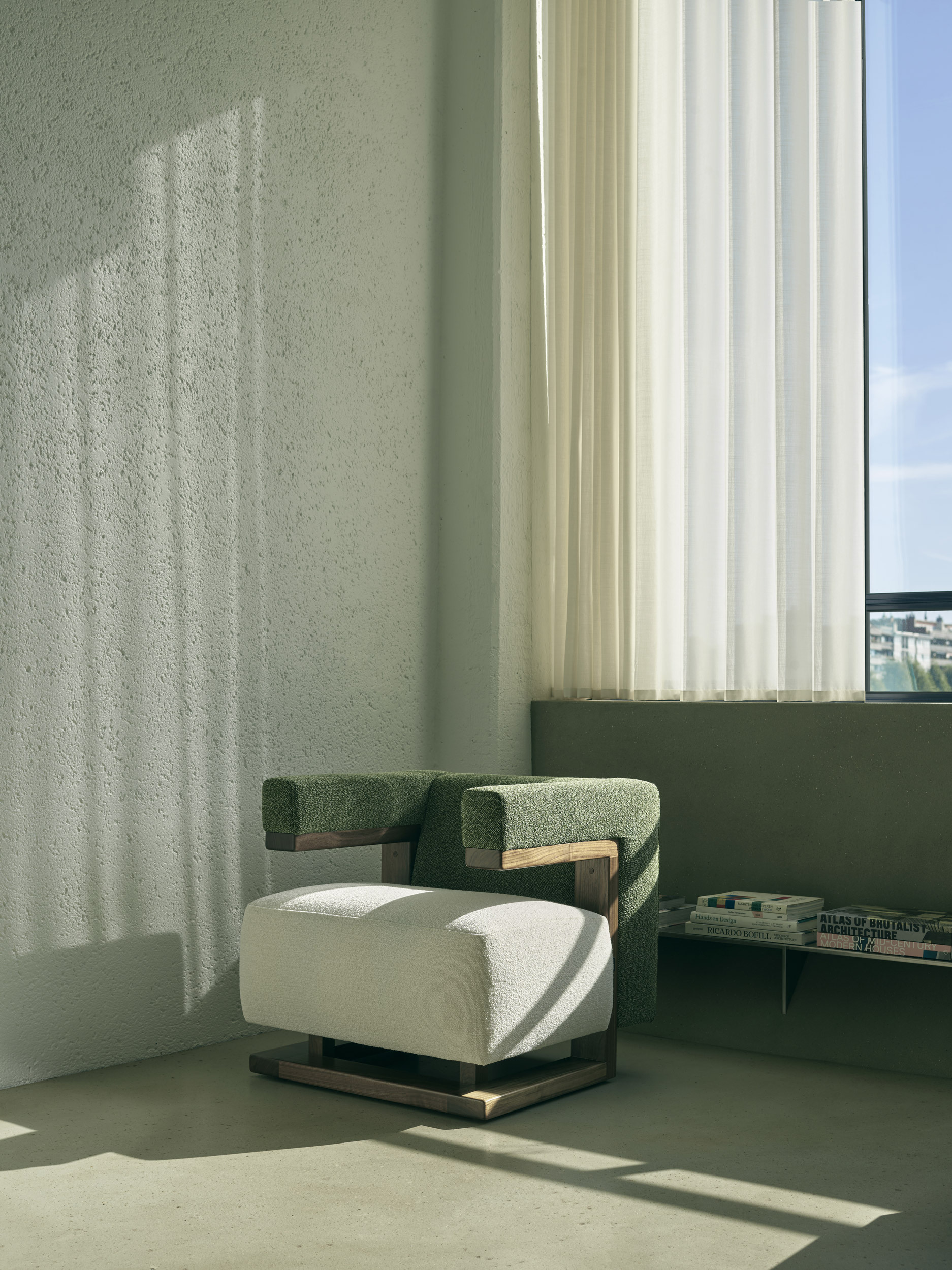
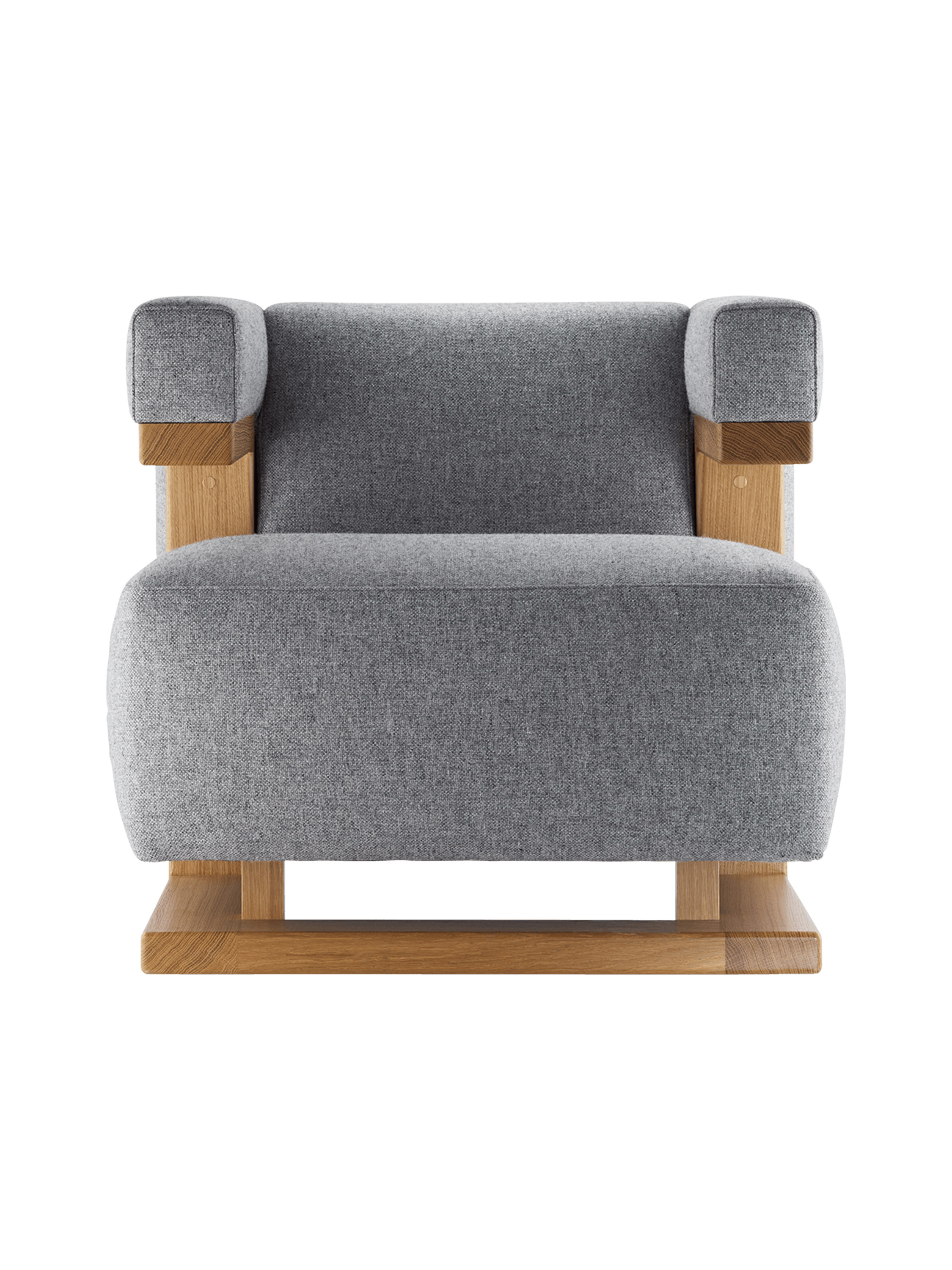
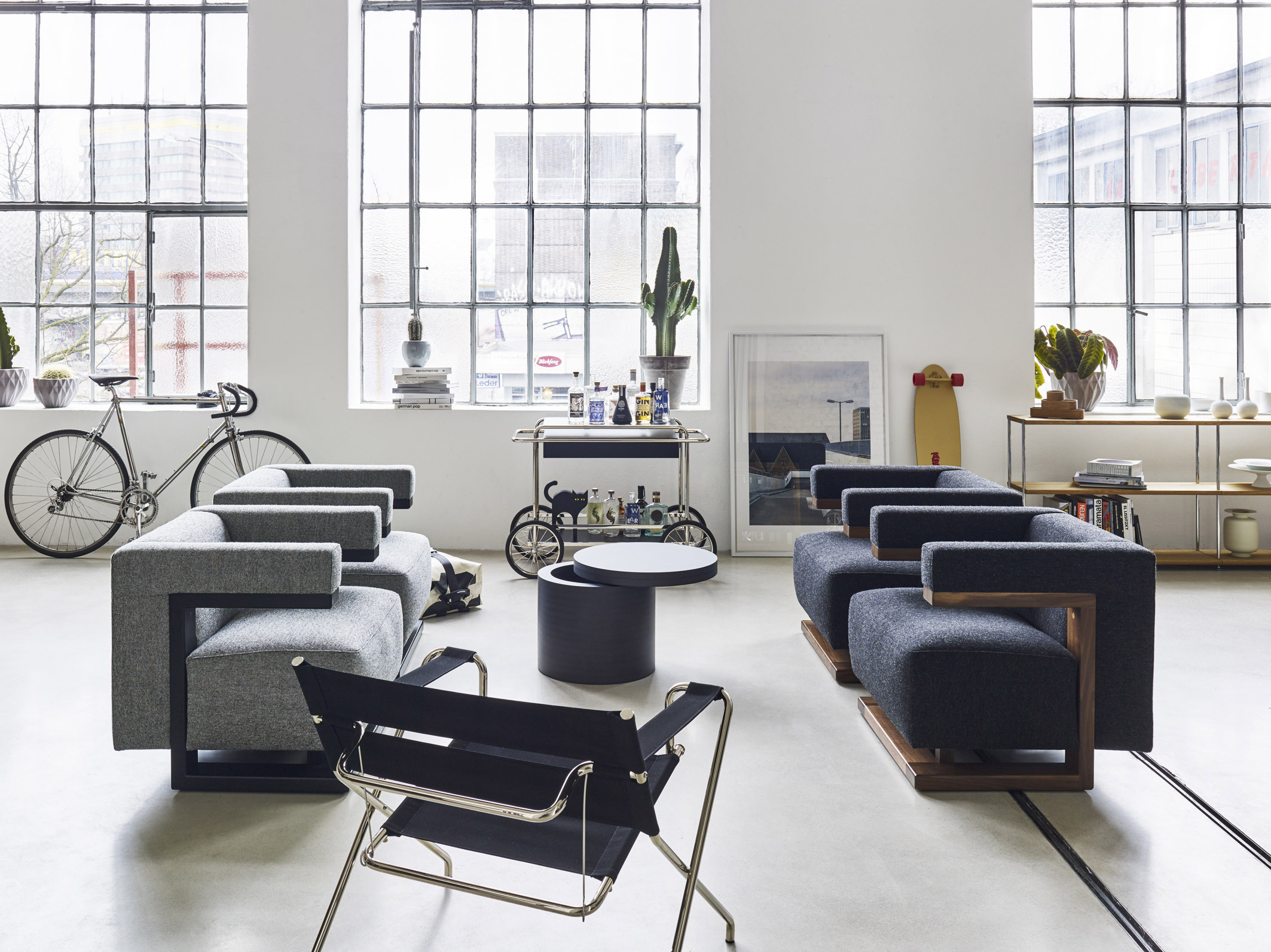
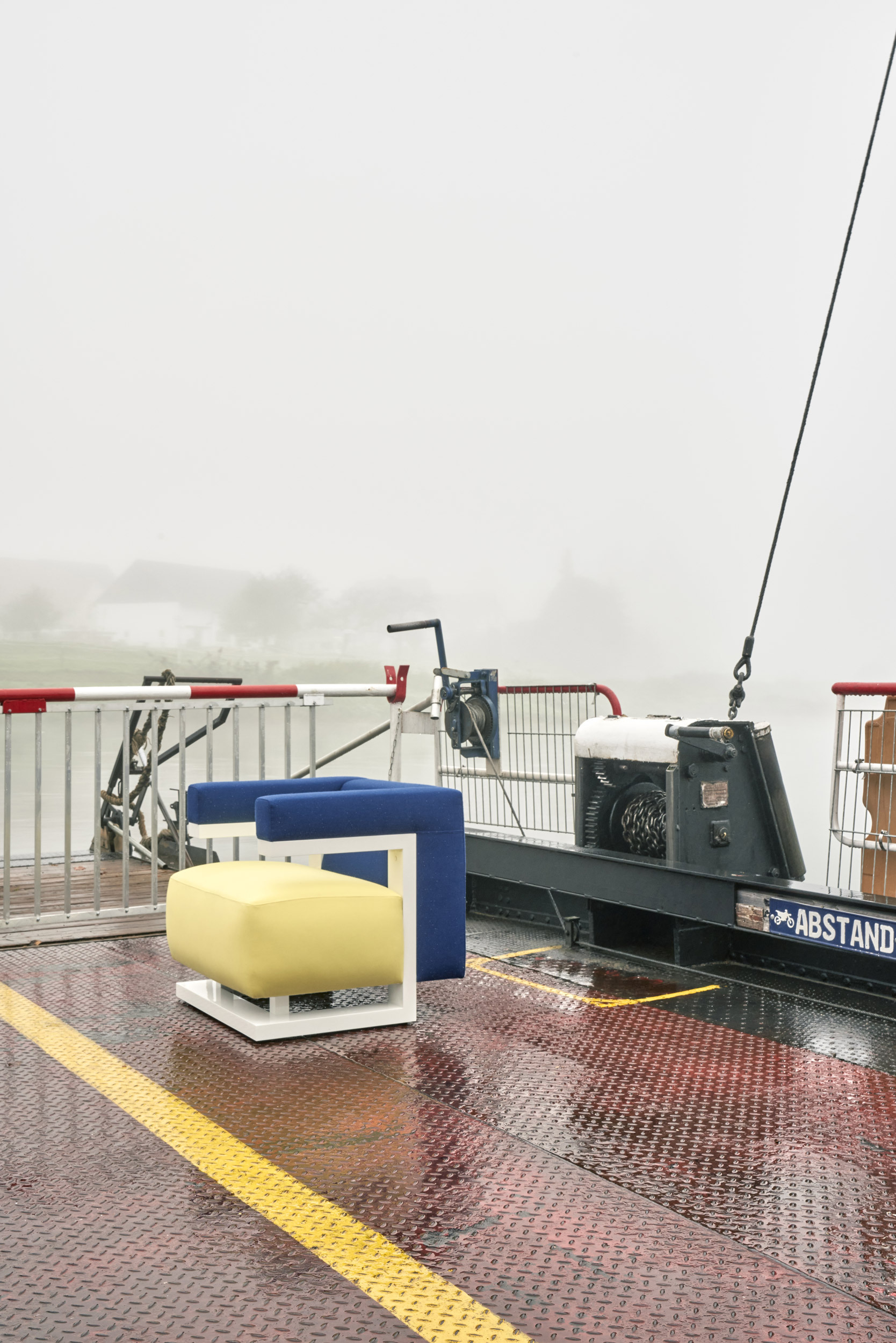
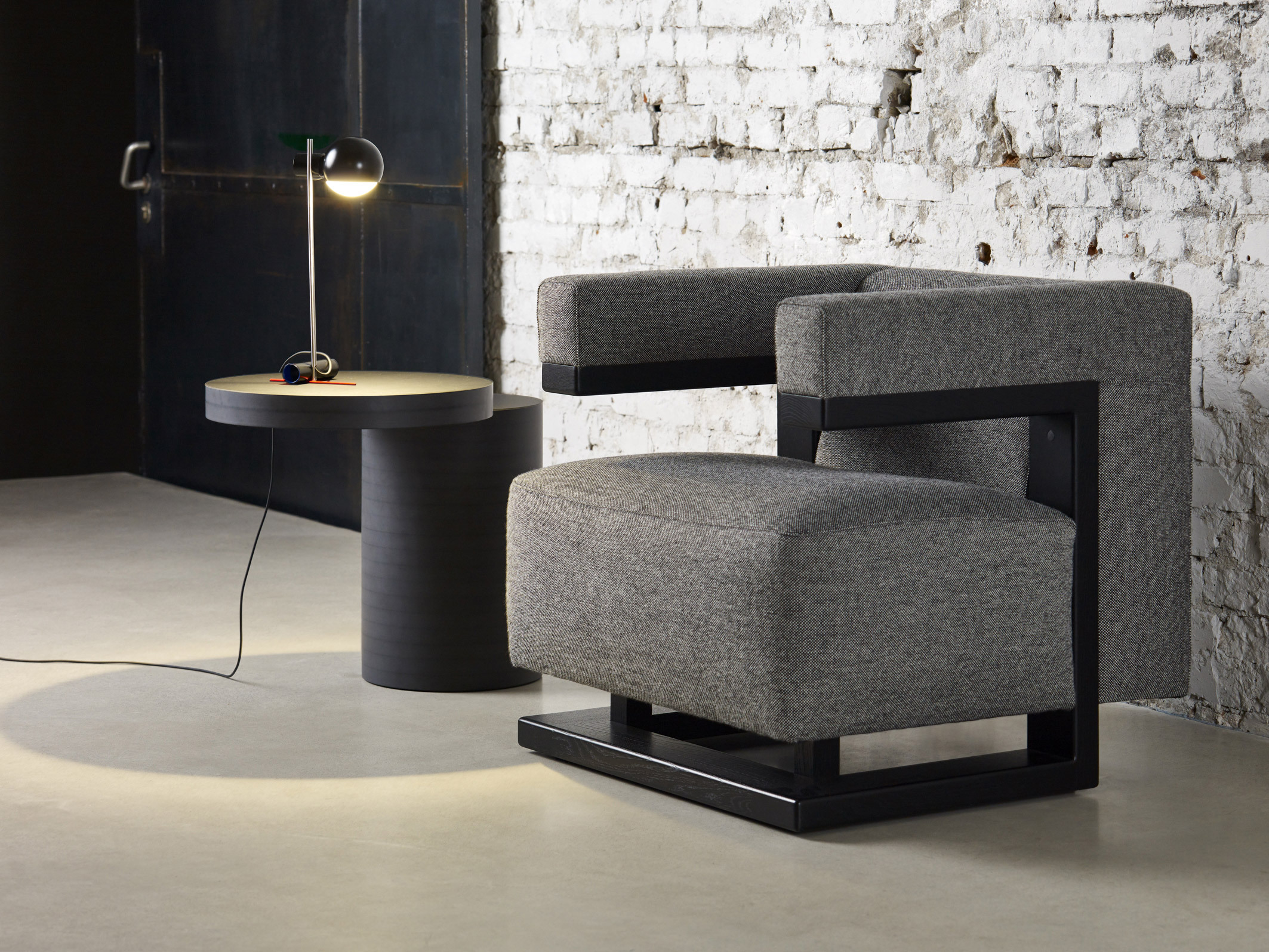






F51
Category
Armchairs
Brand
Designer
Dimensions
L 70 cm - P 70 cm - H 42/70 cm
Finiture
Oak, Walnut, Ash, Upholstery on request
Year
1920
The F51 is the iconic armchair designed by Walter Gropius for the director's room at the Bauhaus in Weimar. Its protruding armrests are a foretaste of Mart Stam's legless chairs and prefigure Marcel Breuer's stool on runners. With a bold approach to design, the armchair radically challenges traditional conventions, marking an important step in the evolution of design thinking.
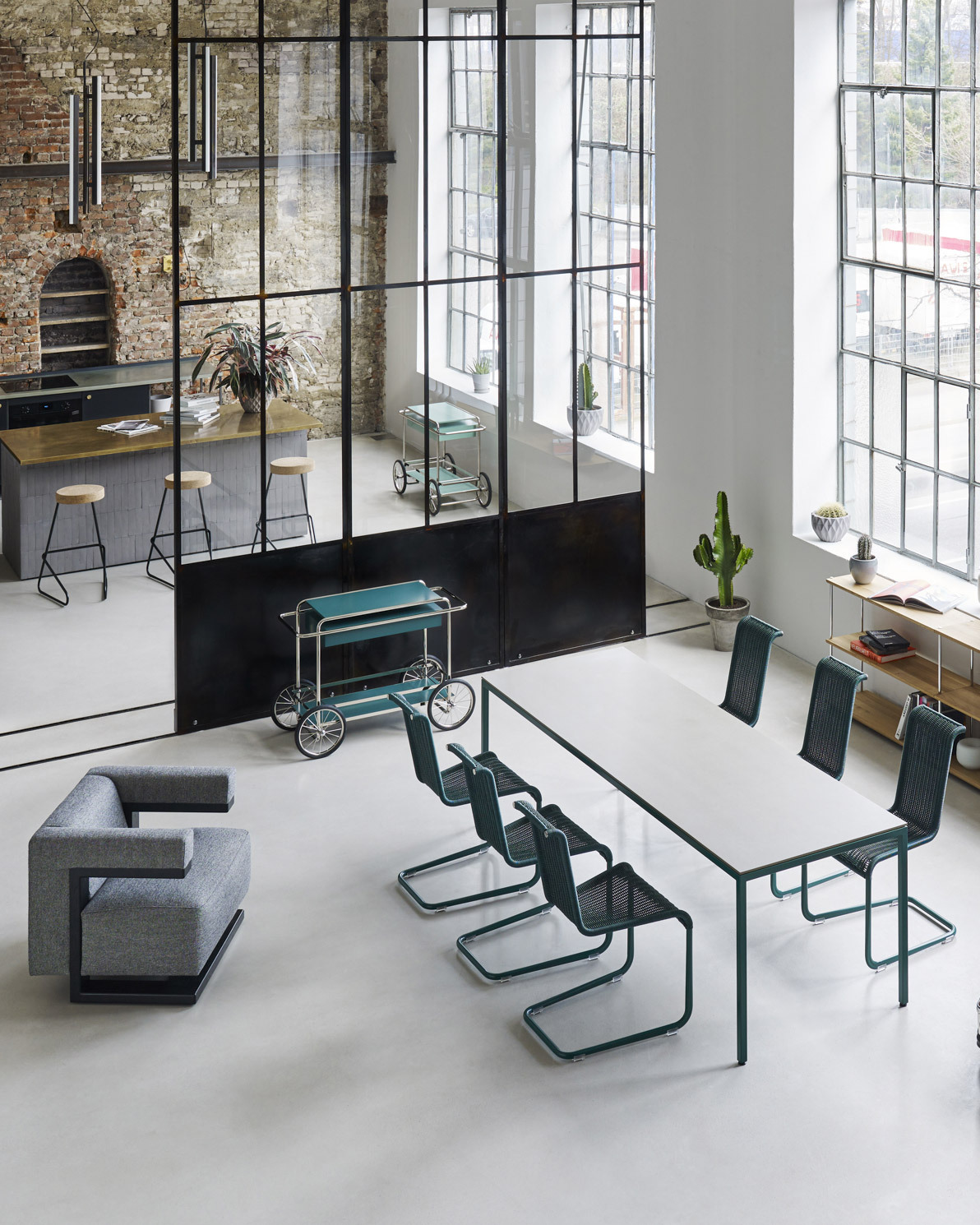
Tecta
Tecta is synonymous with Bauhaus conceived in a contemporary key, based in Lauenförde, on the curved banks of the Weser. It is in the Tecta studio in this town that for over 40 years the avant-gardes of design have followed one another: the British architect Smithson, the architect of Mies van der Rohe, Sergius Ruegenberg, Jean Prouvé, the designer Stefan Wewerka and Ati Gropius, the daughter of the founder of the Bauhaus.

Walter Gropius
Walter Gropius (1883-1969) was a German architect and designer, founder of the Bauhaus in 1919, a school that revolutionized modern design and architecture, combining art, craftsmanship and industry. Pioneer of Functionalism, he promoted simple and essential forms, based on functionality. With the rise of Nazism he emigrated to the USA, where he taught at Harvard, influencing generations of architects. Among his most famous works are the Bauhaus Building in Dessau and the Pan Am Building in New York, evidence of his impact on 20th century architecture.
Results for:
No Results
Discover the selection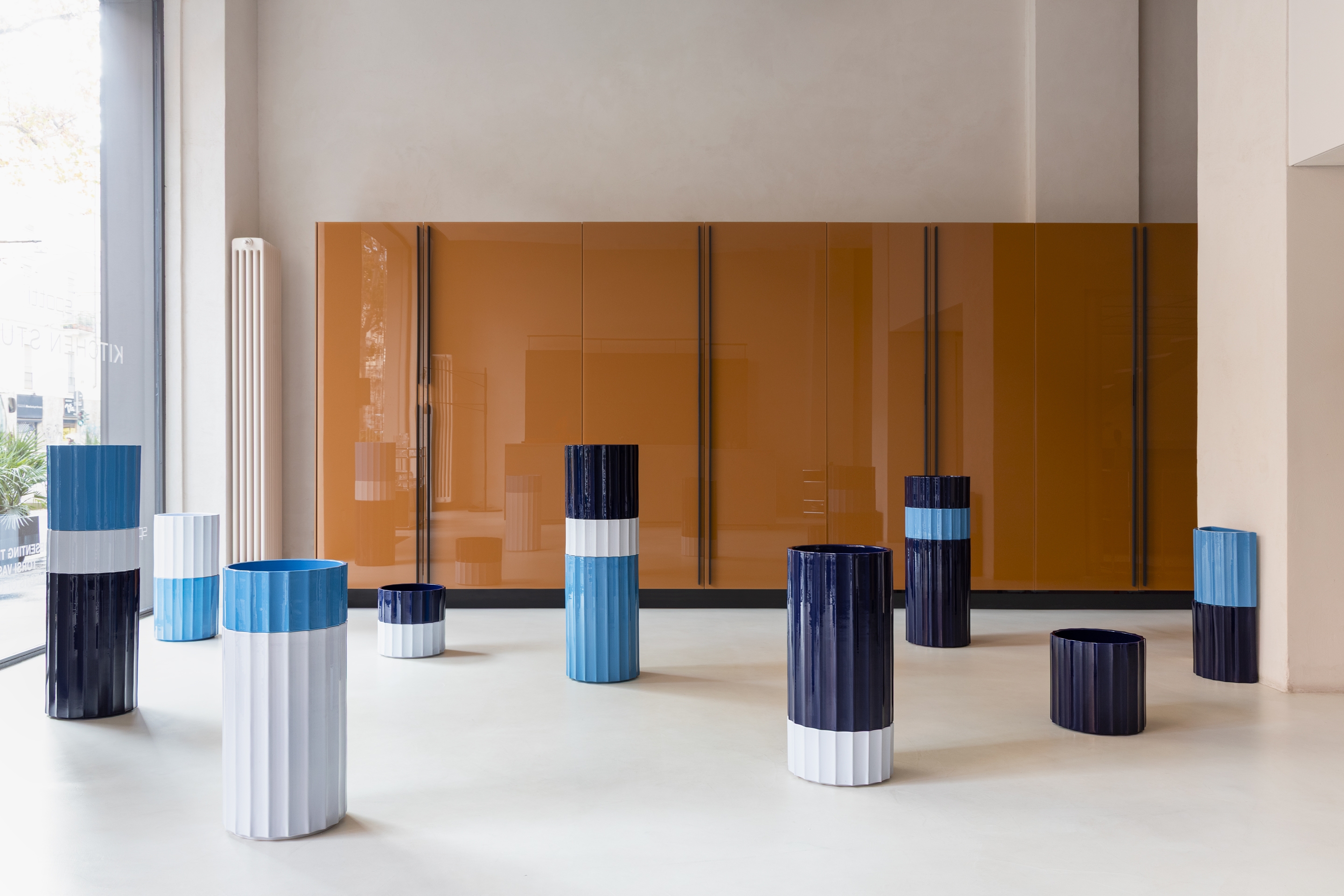
Torsi
Bitossi Ceramiche
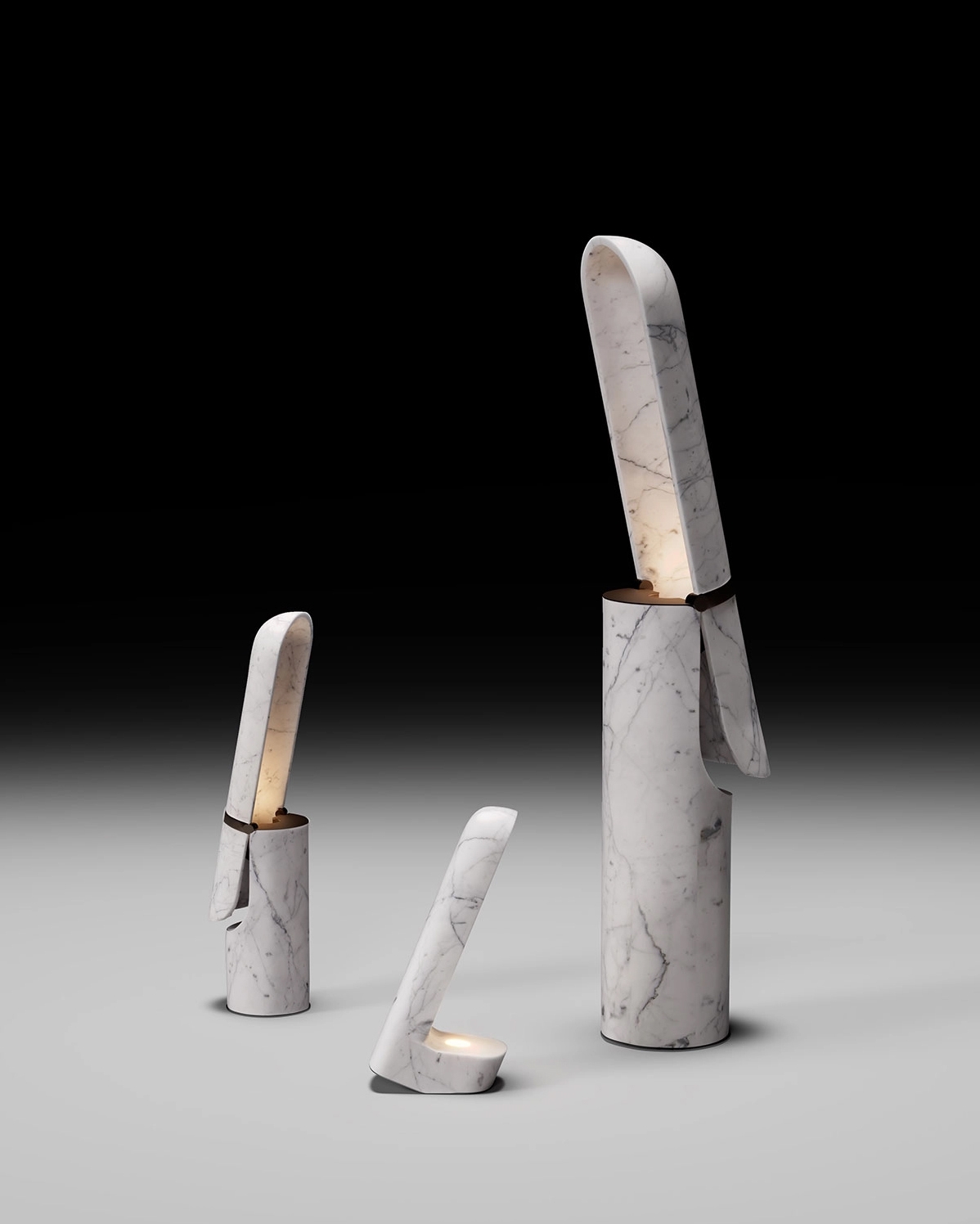
Révérence
Neutra
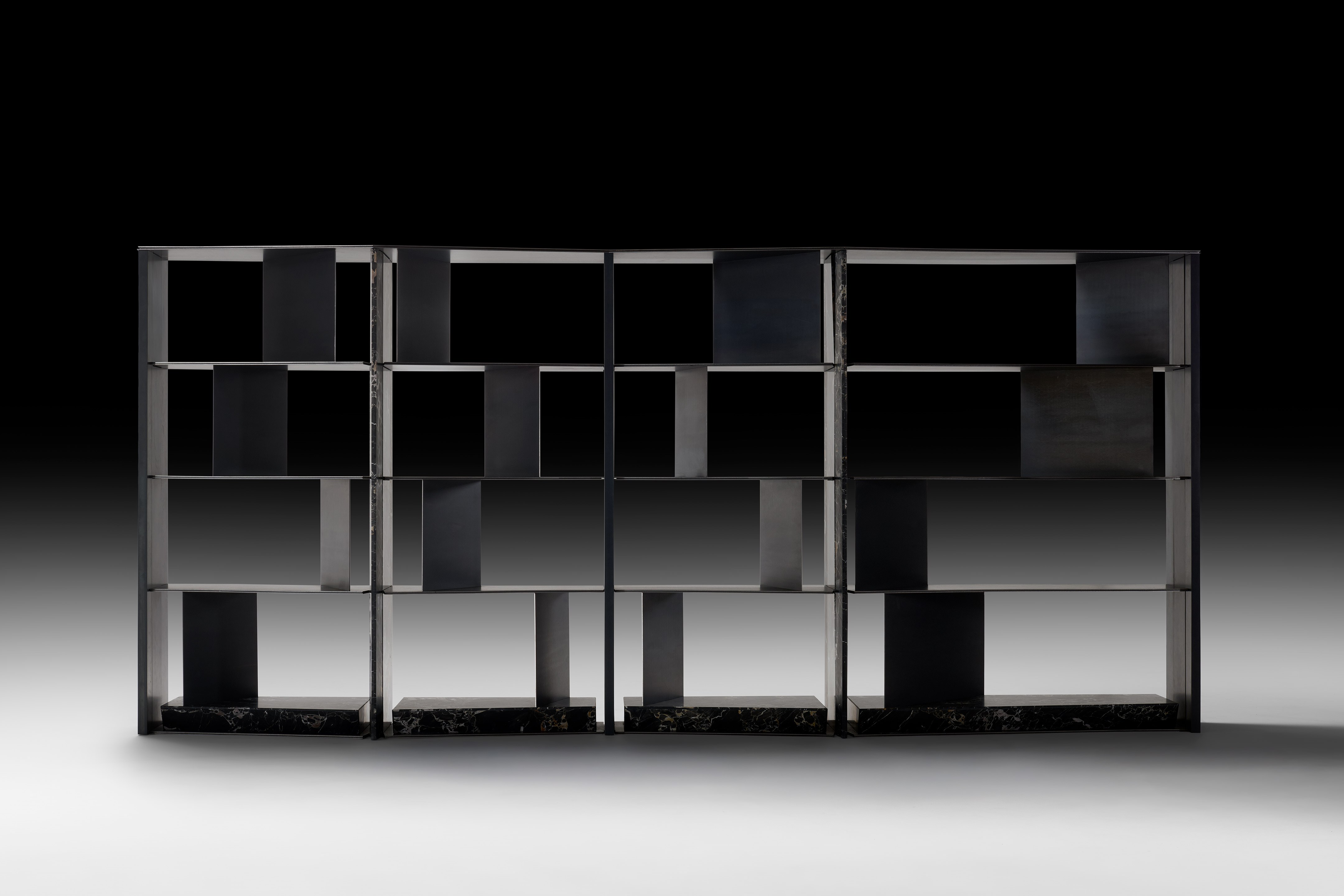
Pagina
Neutra
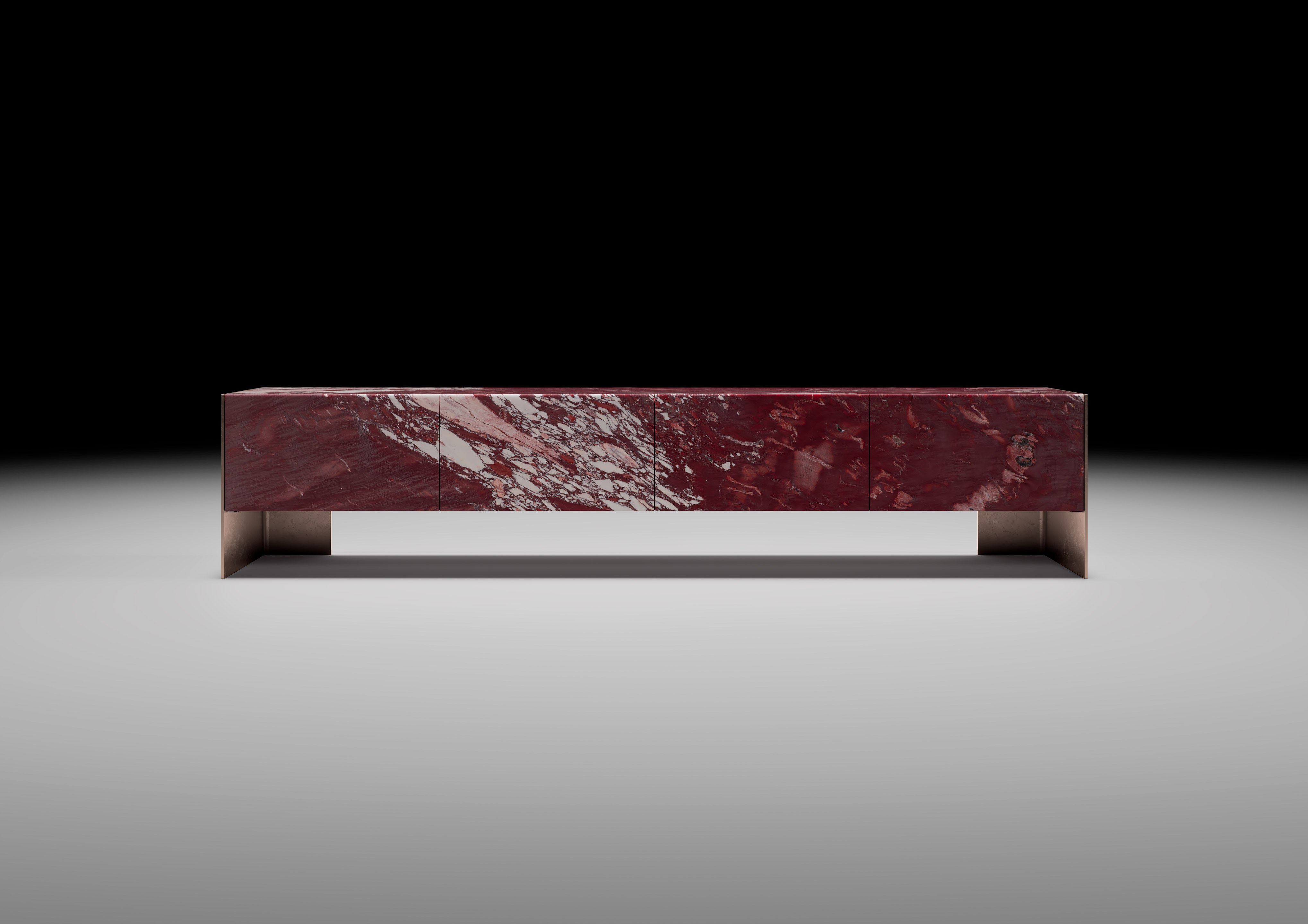
Onis
Neutra
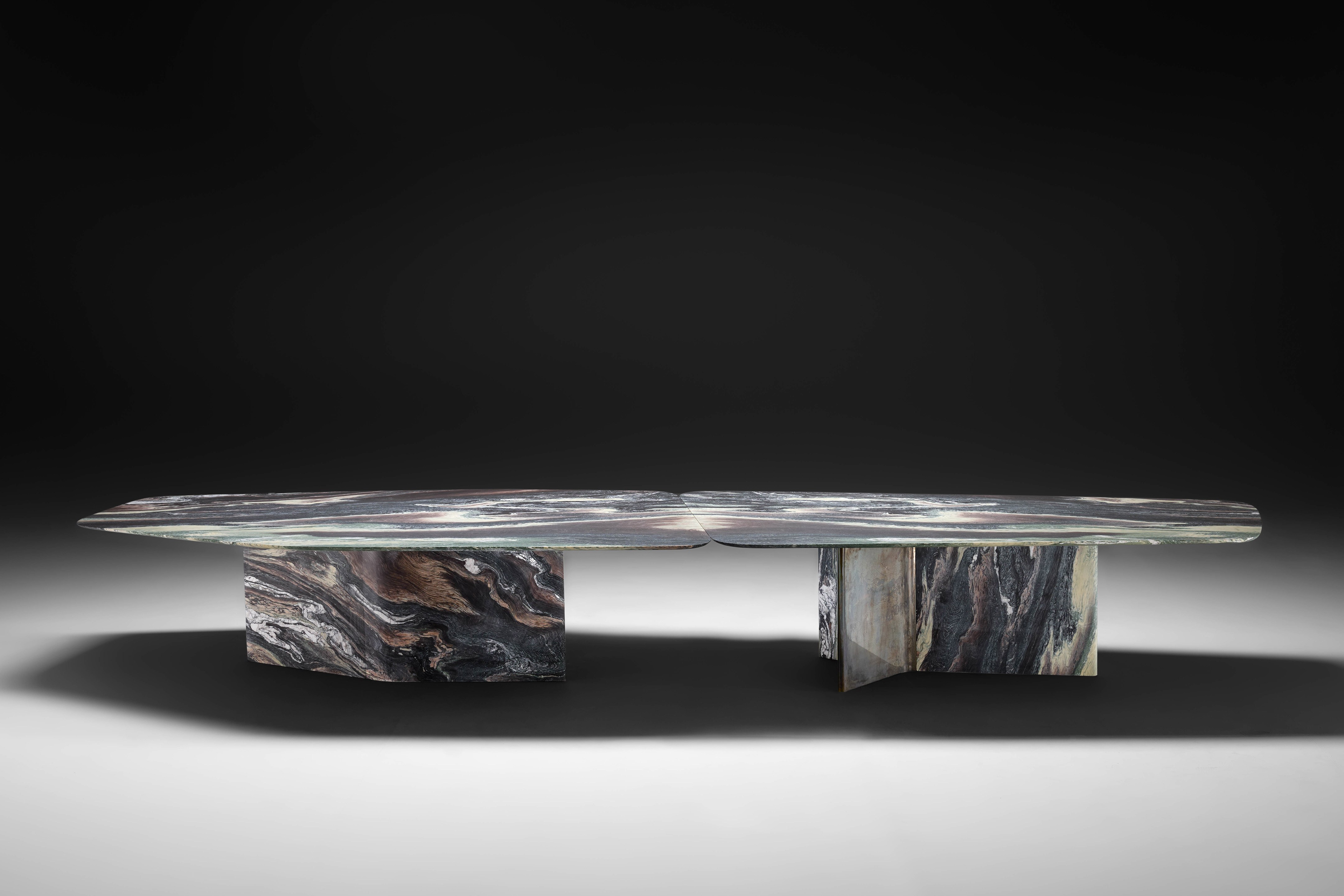
Islas
Neutra
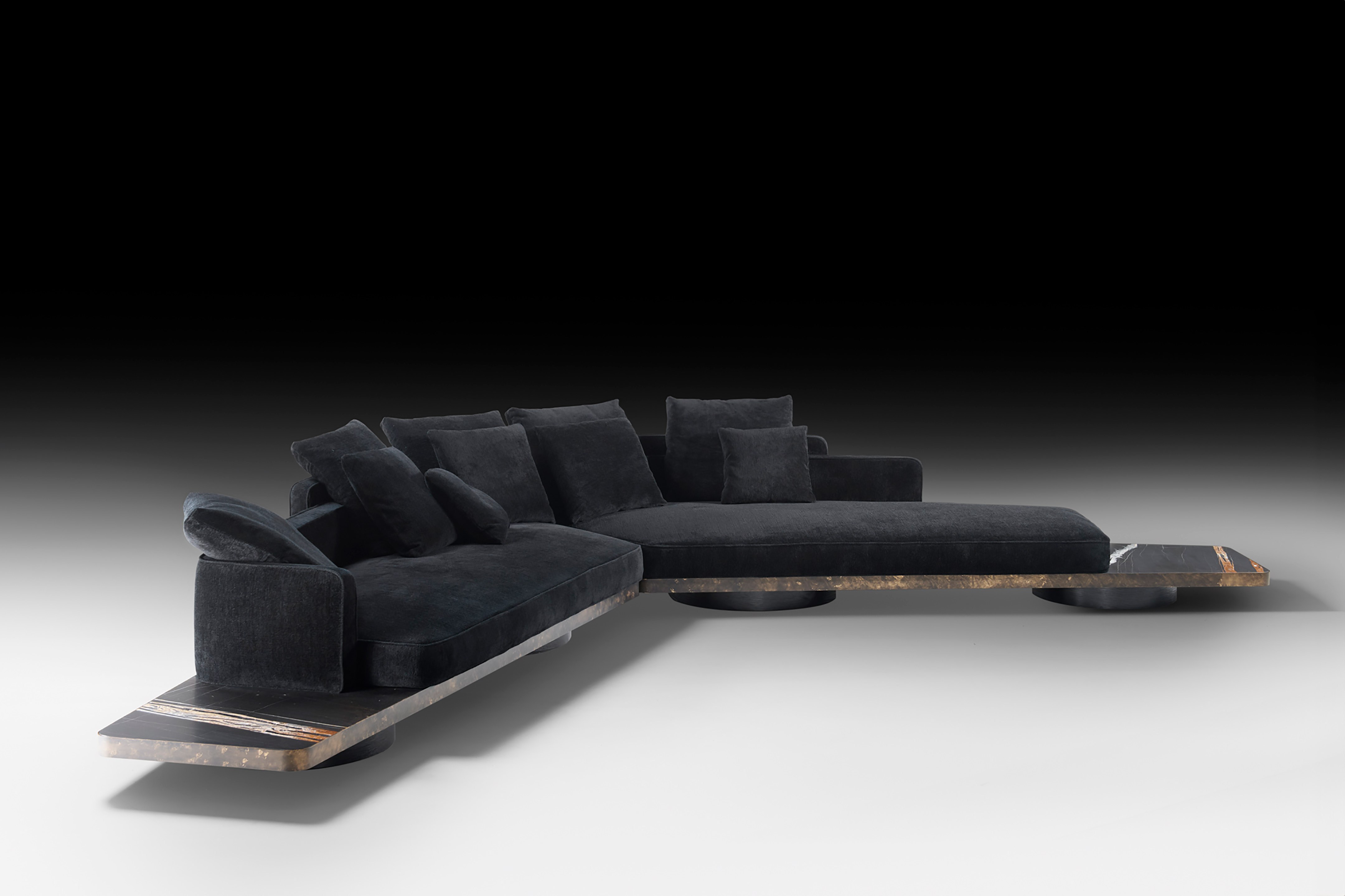
Ordos
Neutra
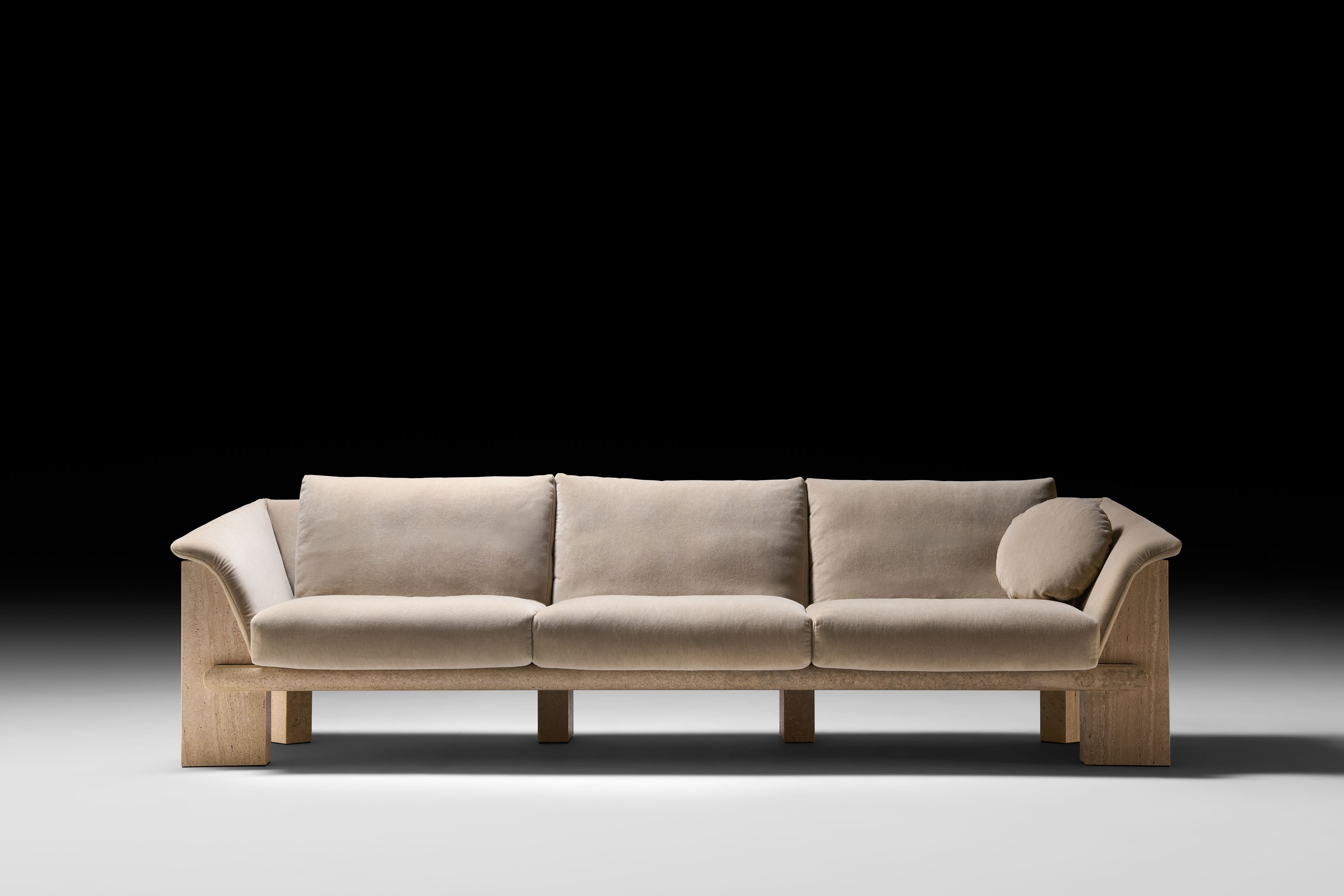
La Grande Muraglia
Neutra
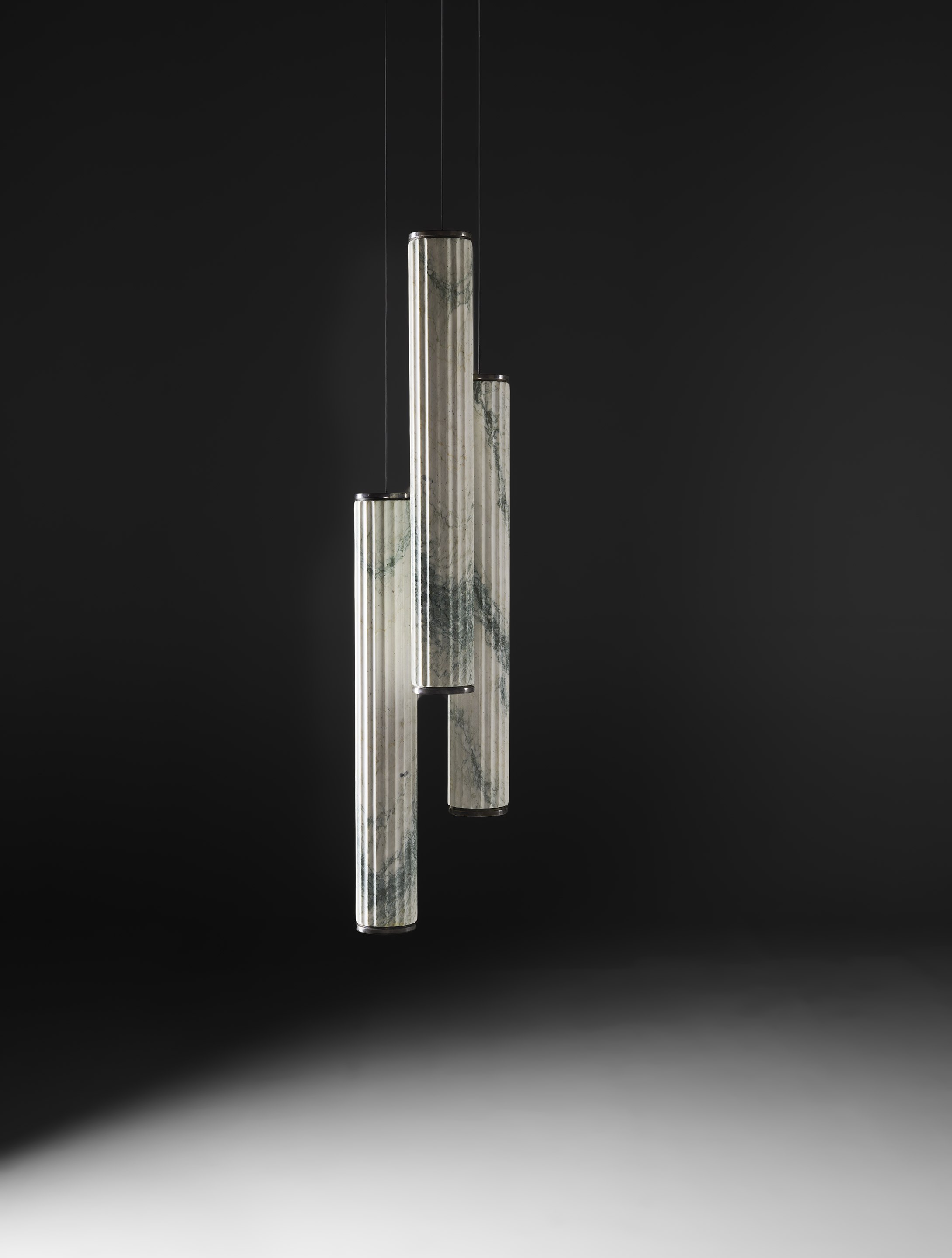
Eos
Neutra
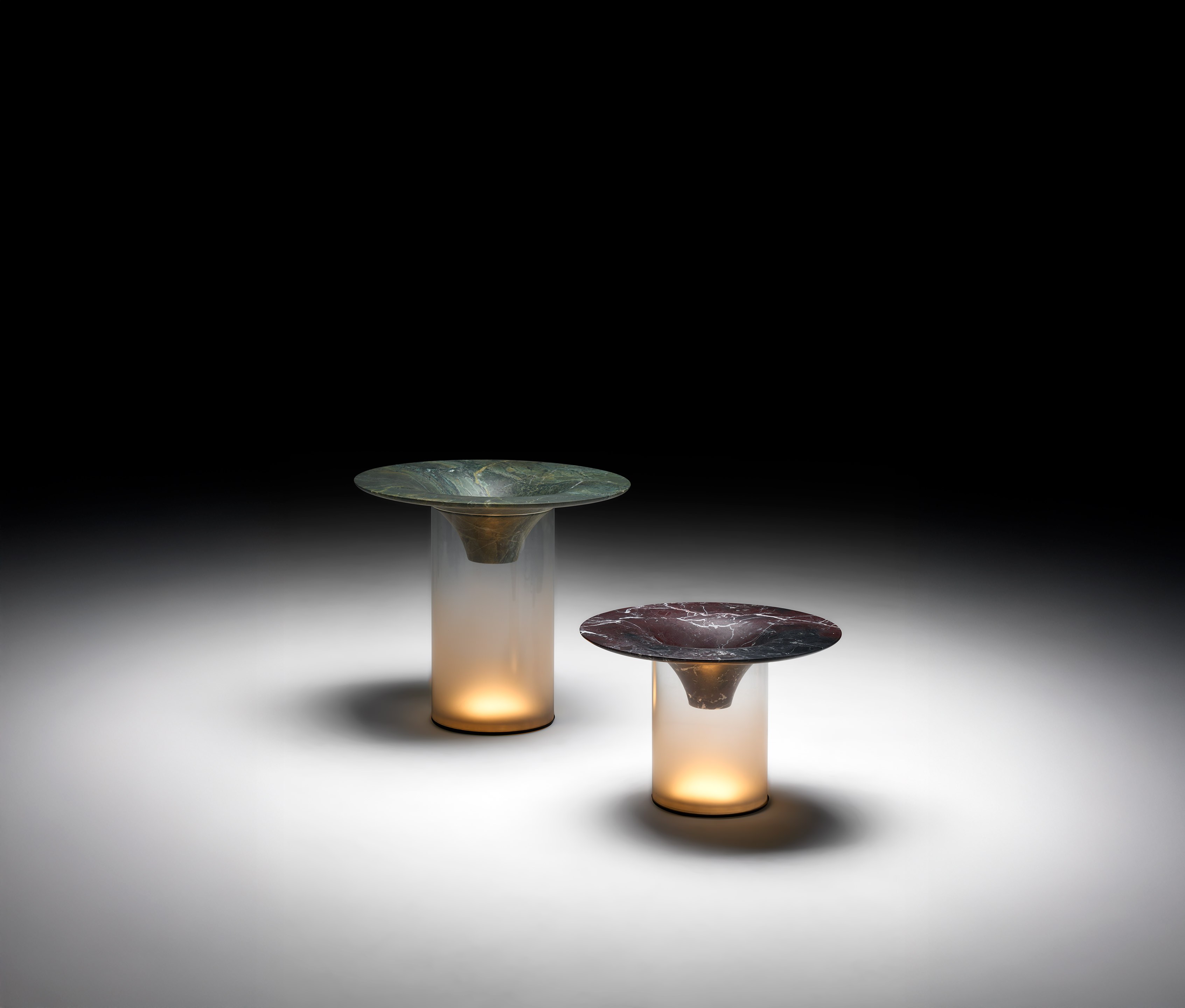
Strobilo
Neutra
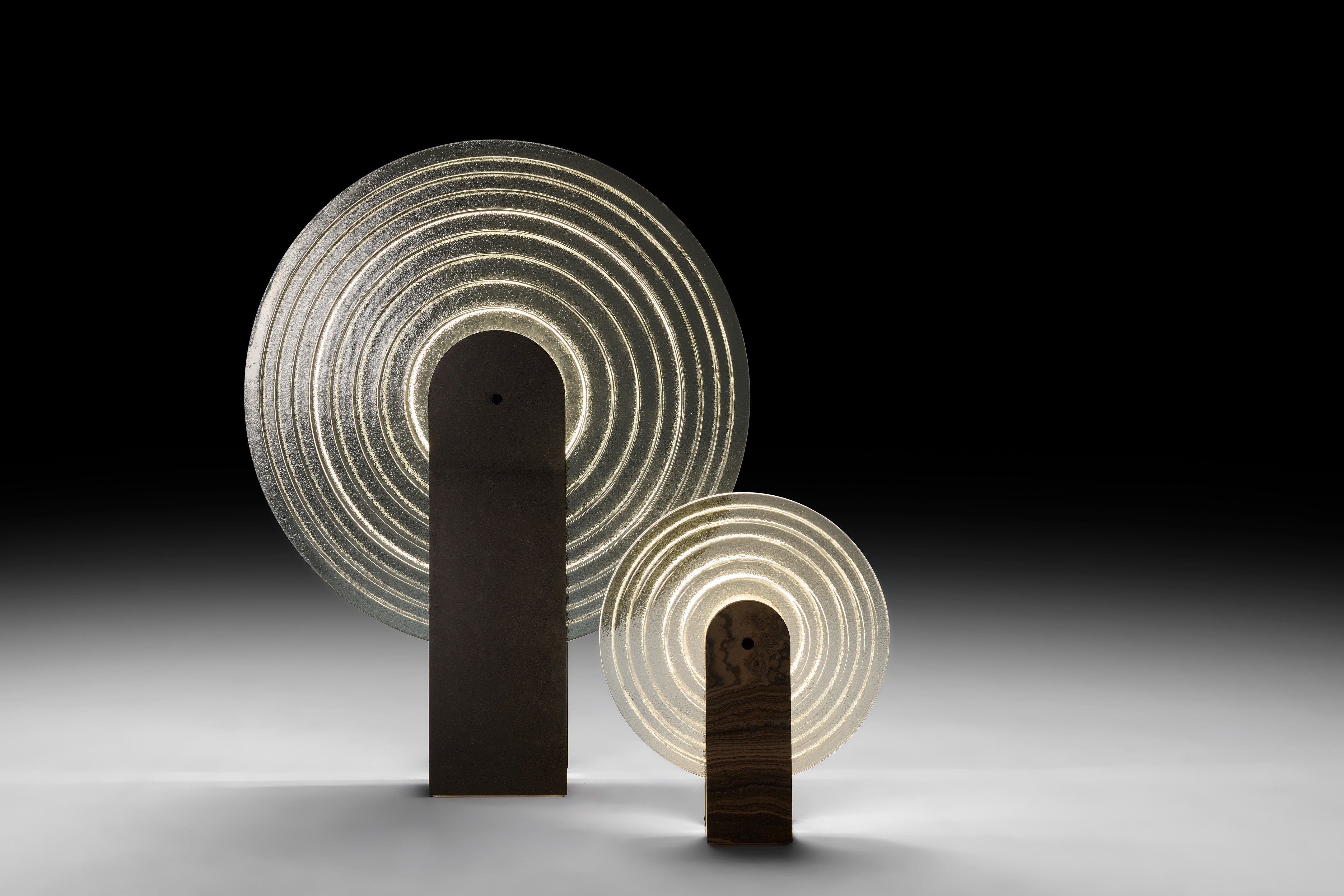
Lente
Neutra
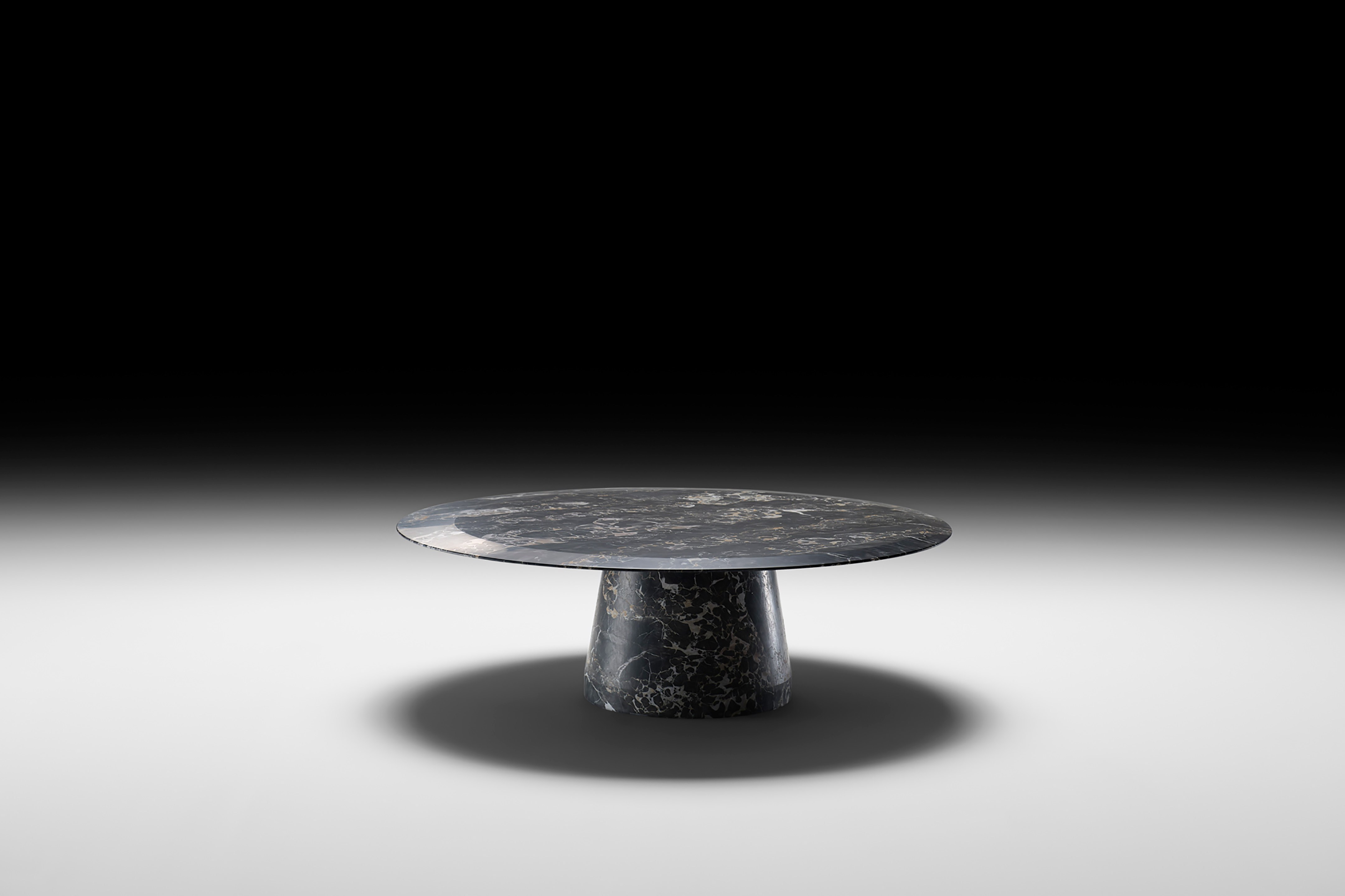
Coronae
Neutra
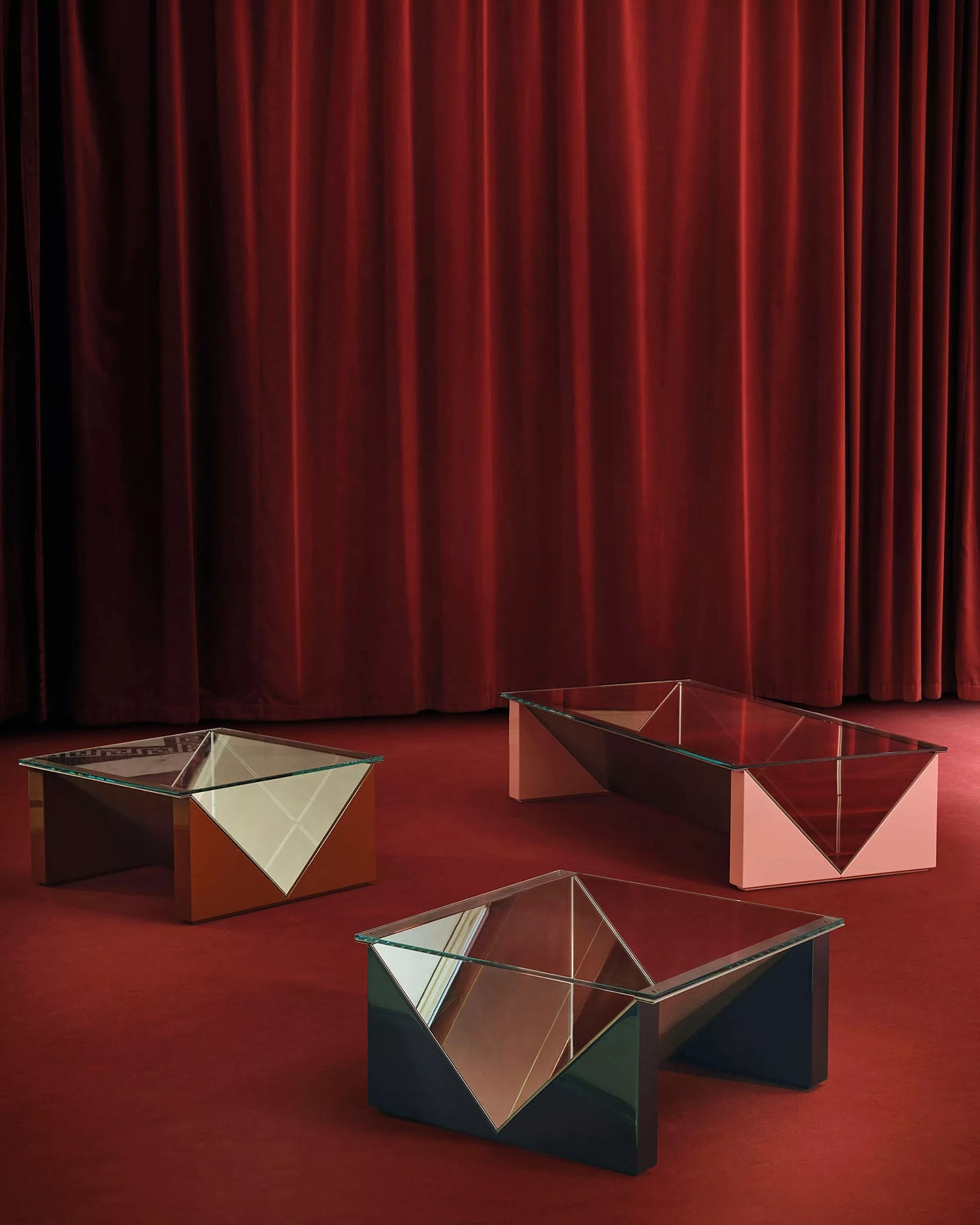
Napoleone
Acerbis
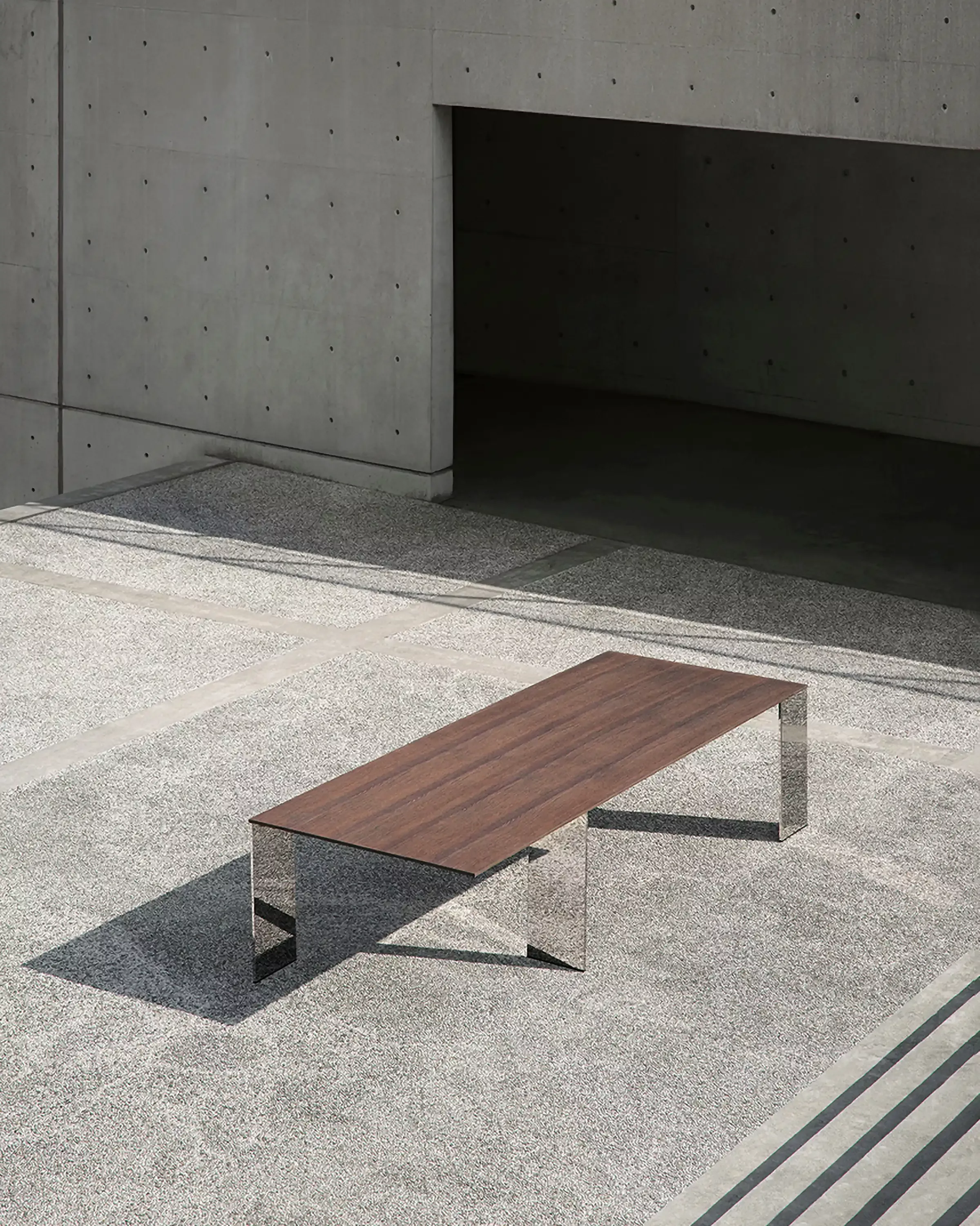
Axis
Acerbis
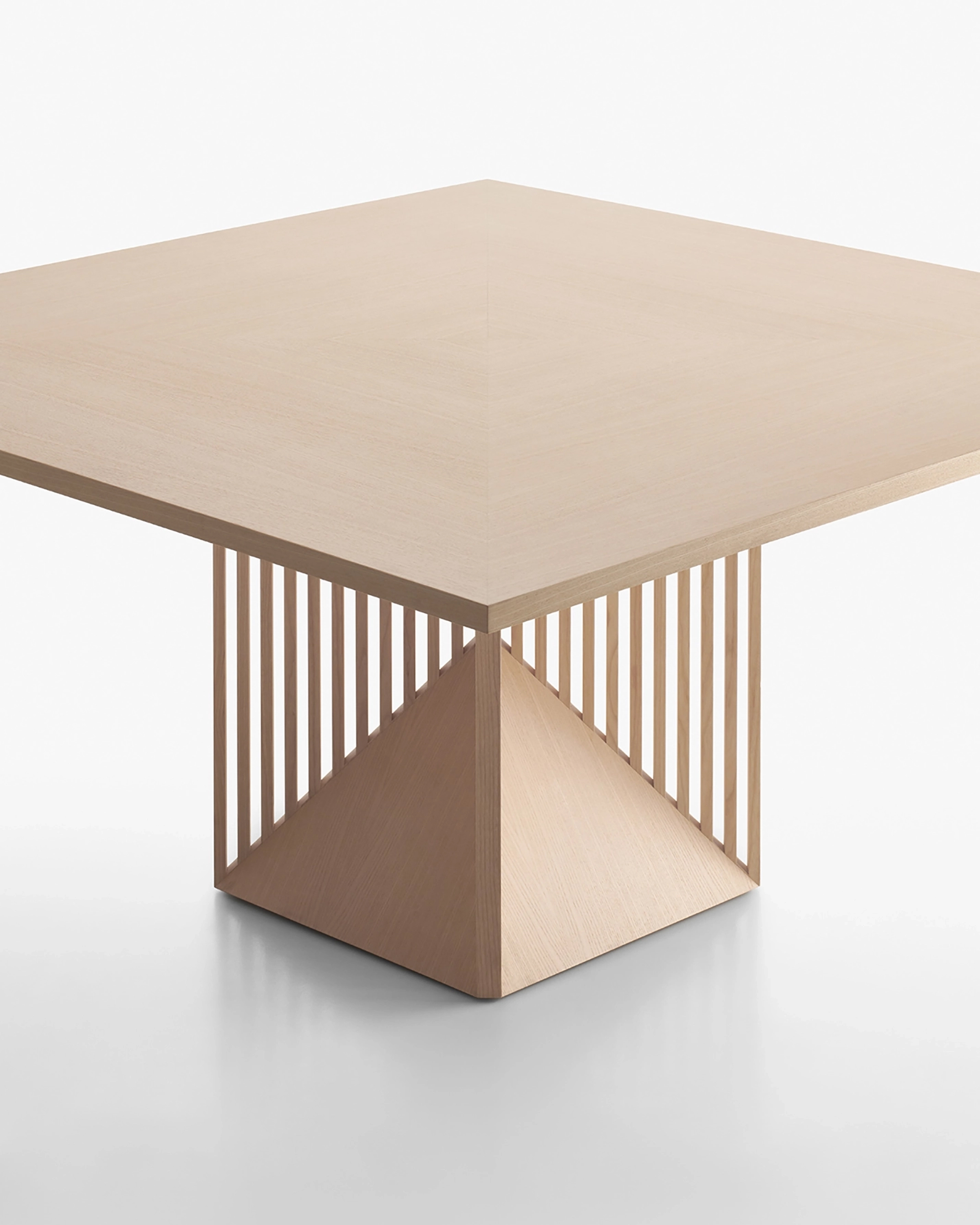
Maestro
Acerbis
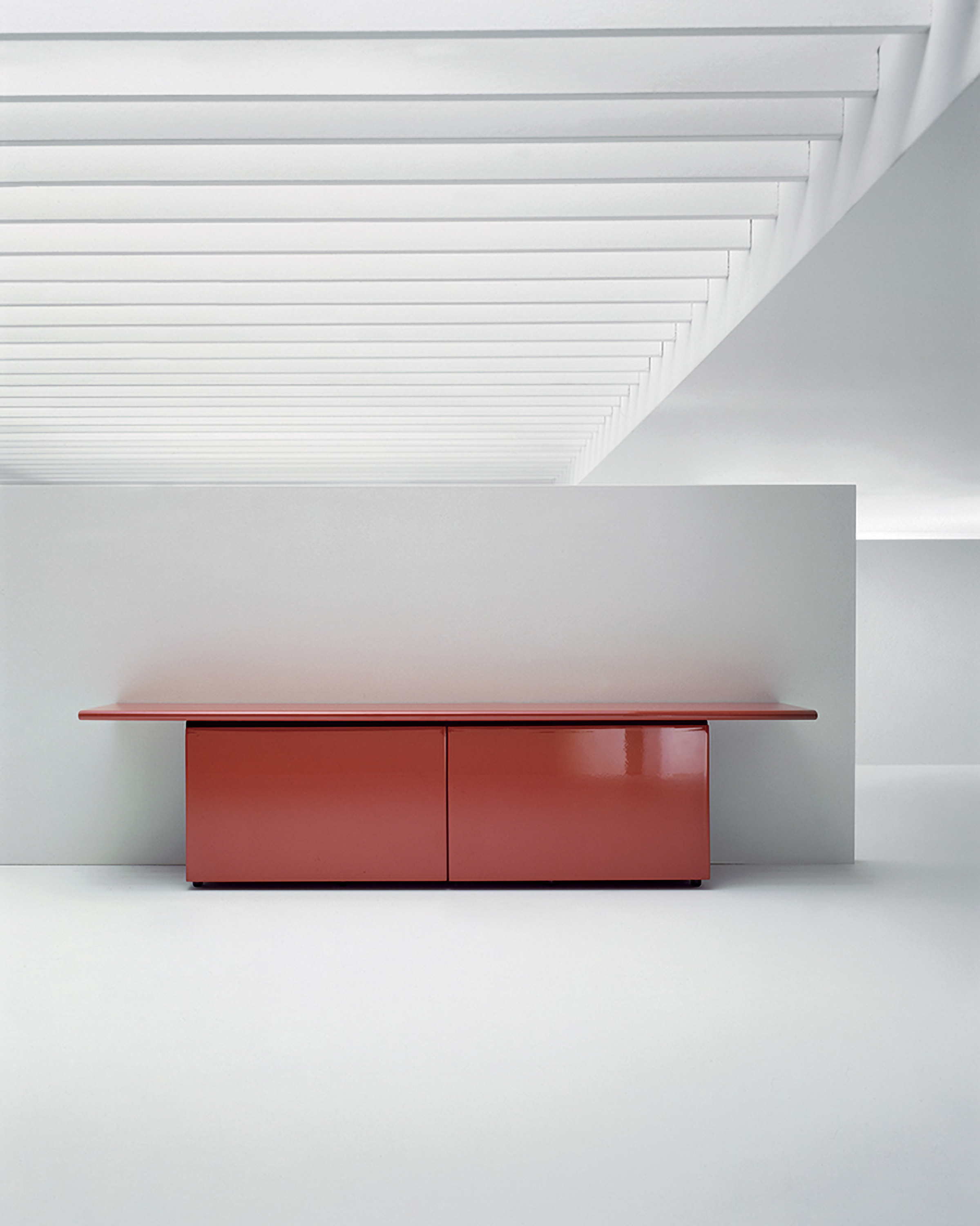
Sheraton
Acerbis
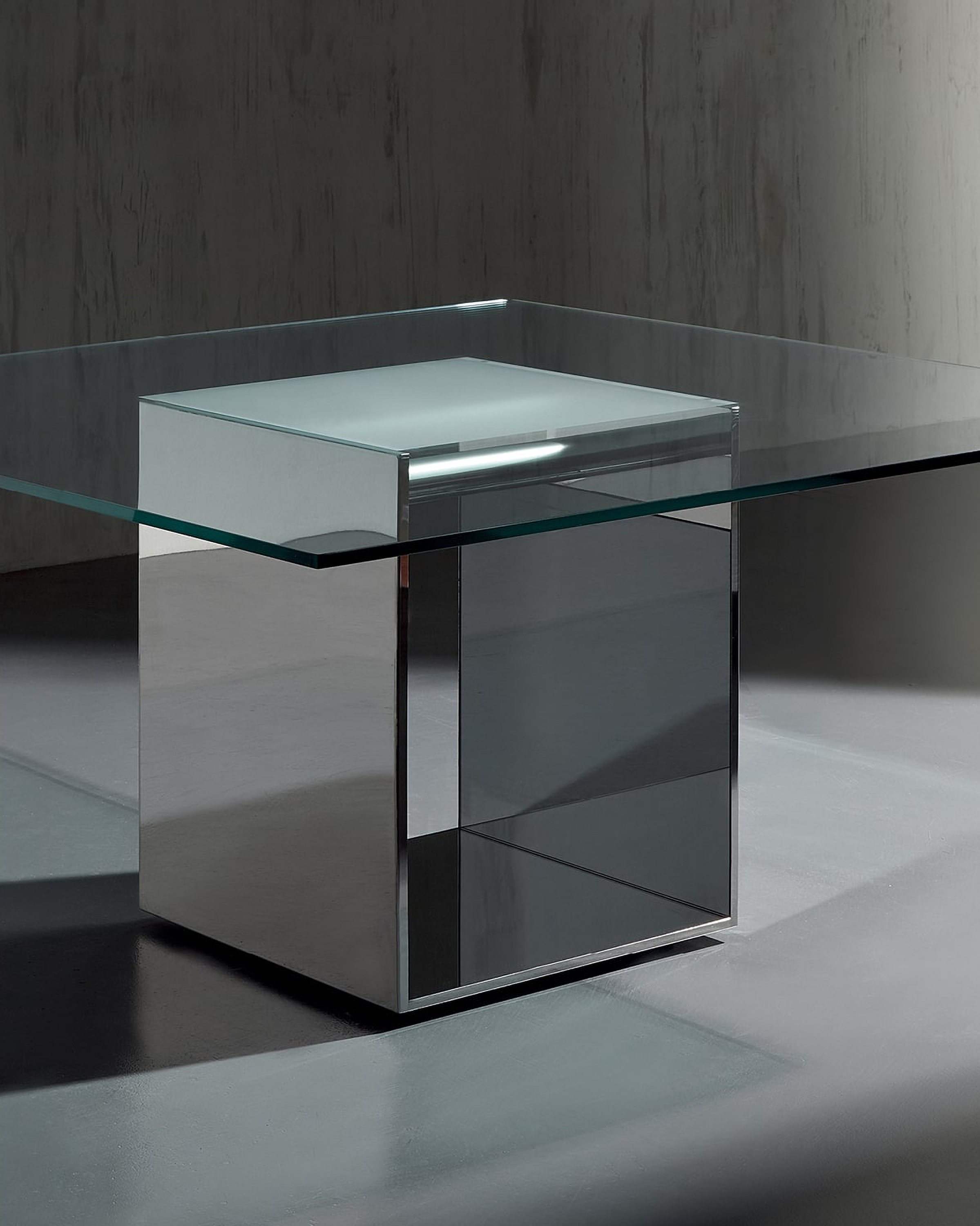
Glimm
Acerbis
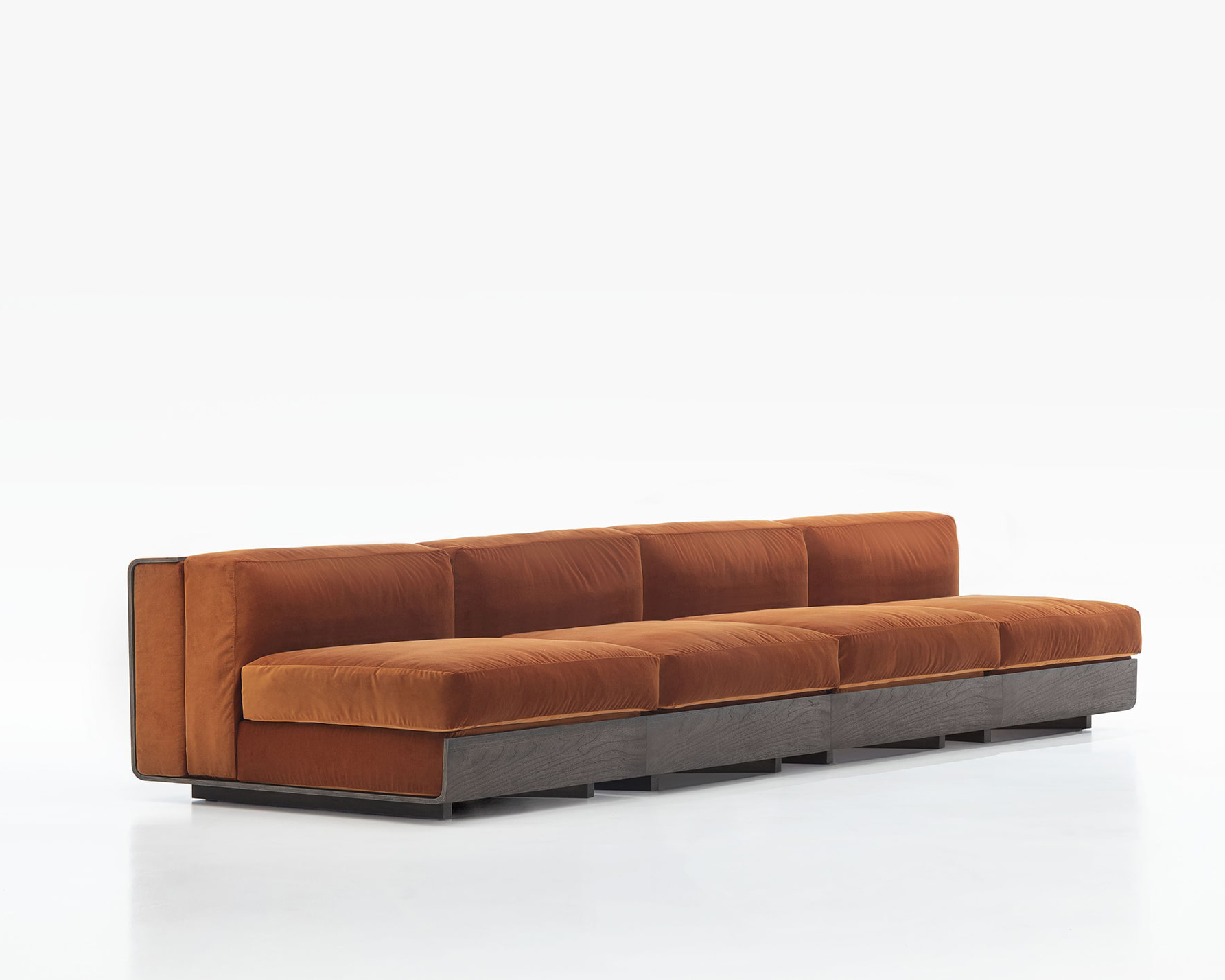
Life
Acerbis
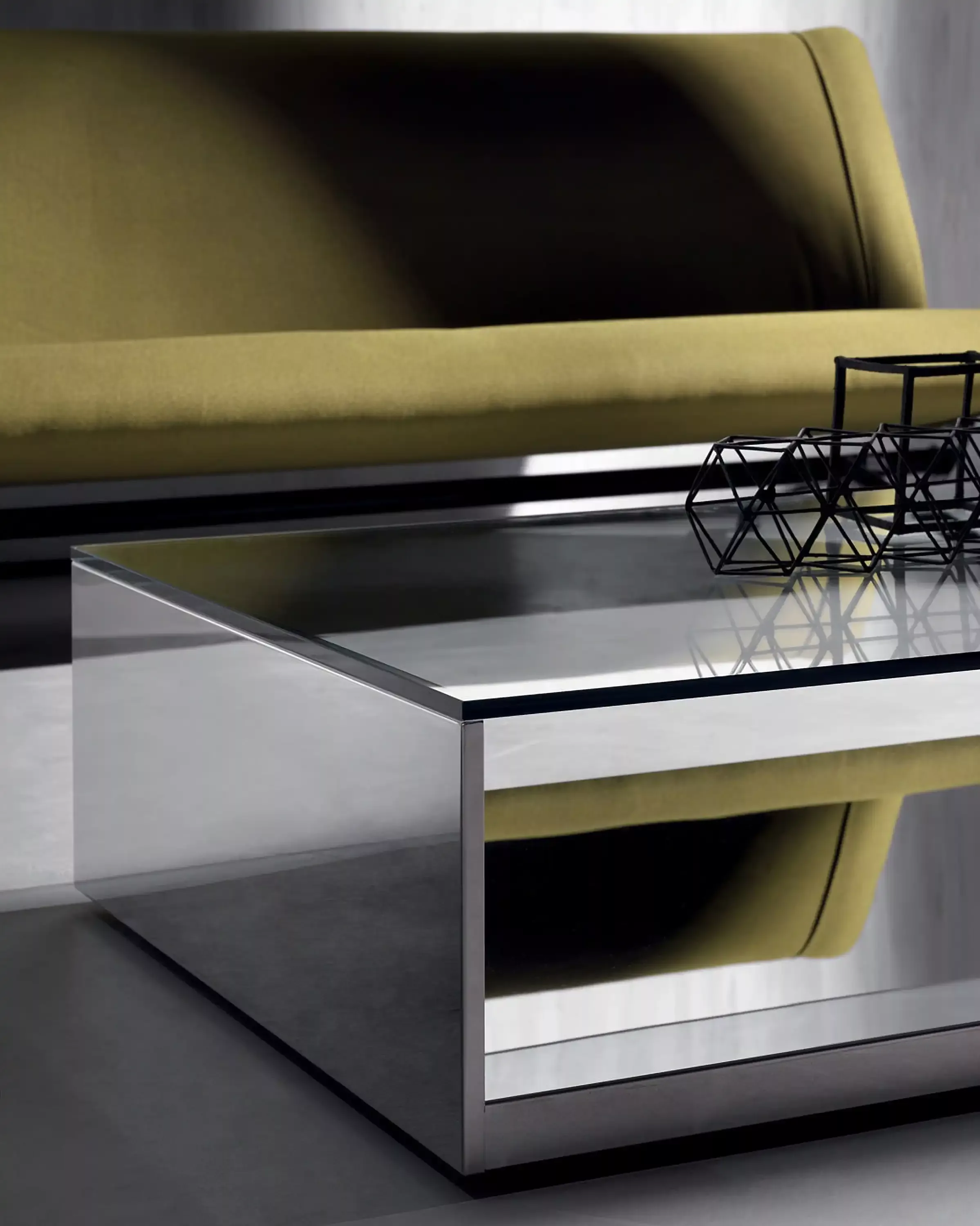
Litt
Acerbis
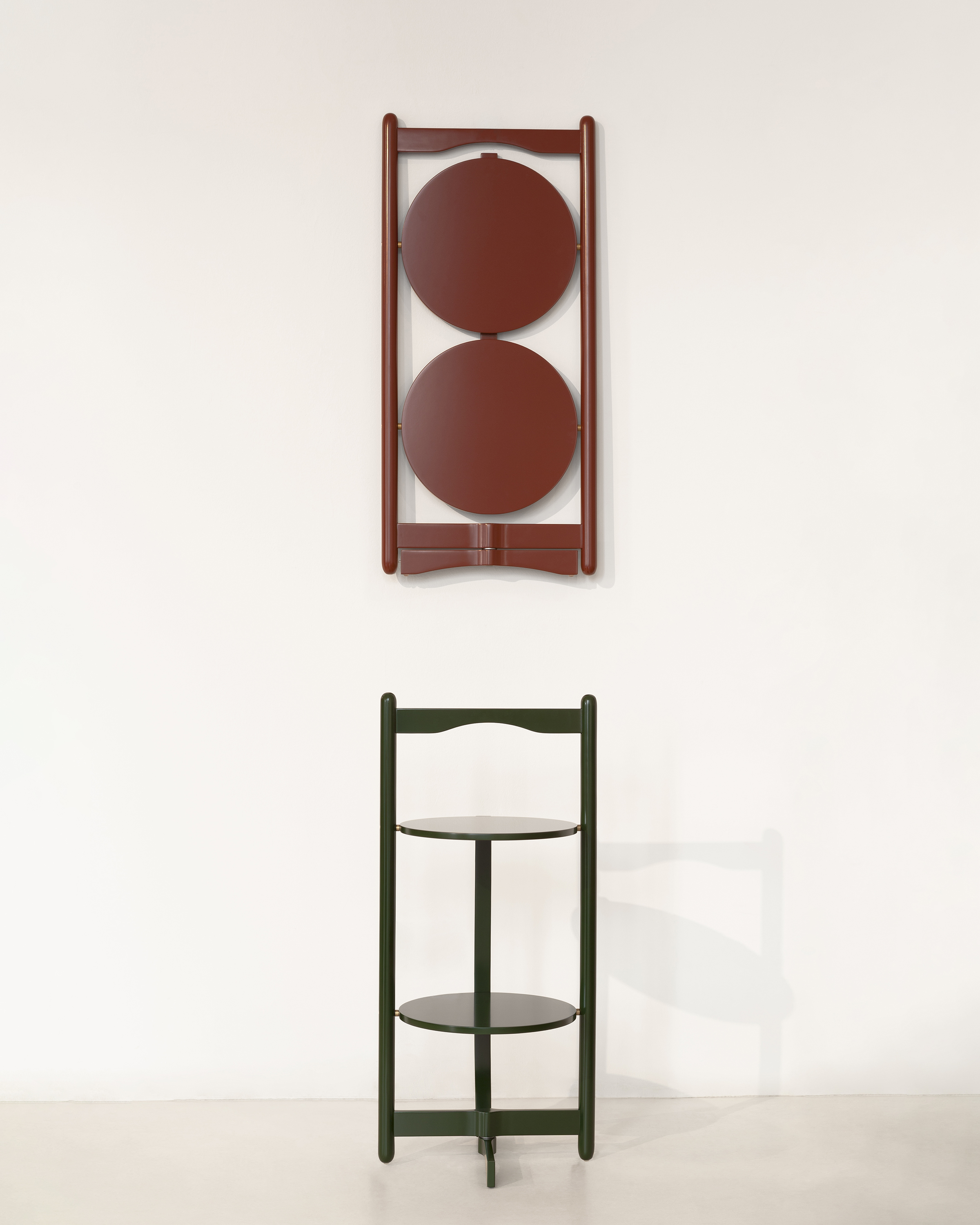
Florian
Acerbis
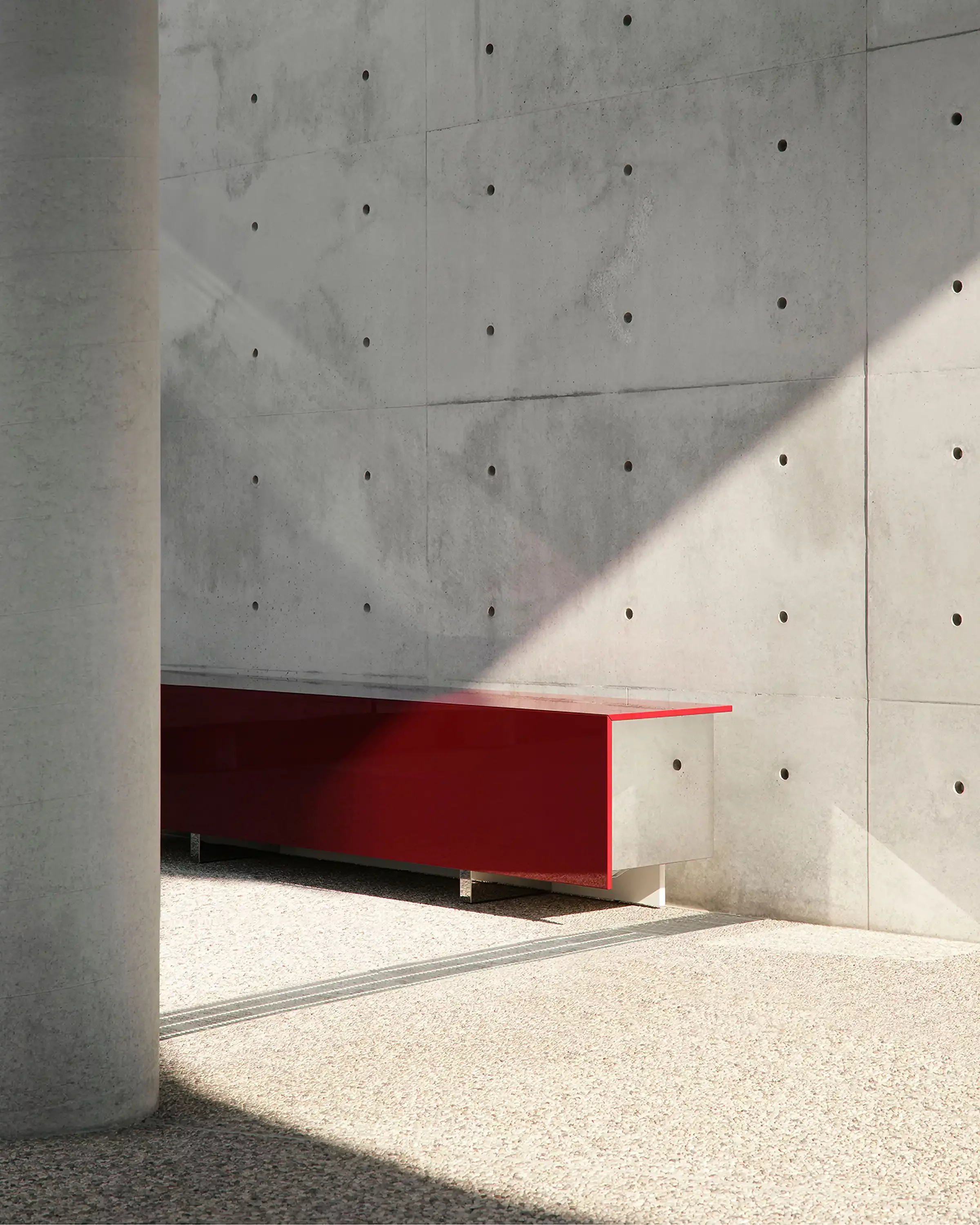
Ludwig
Acerbis
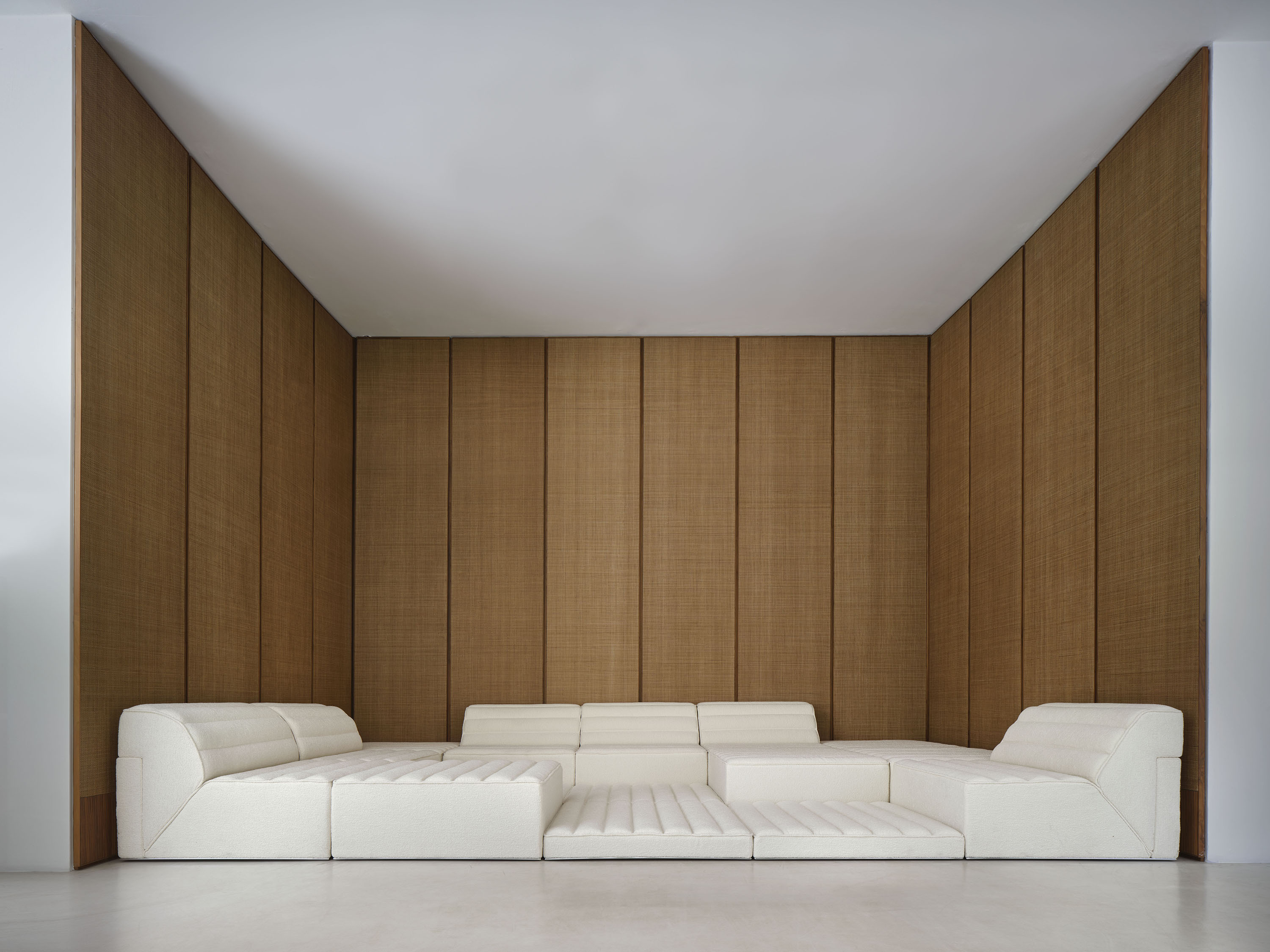
Free System
Acerbis
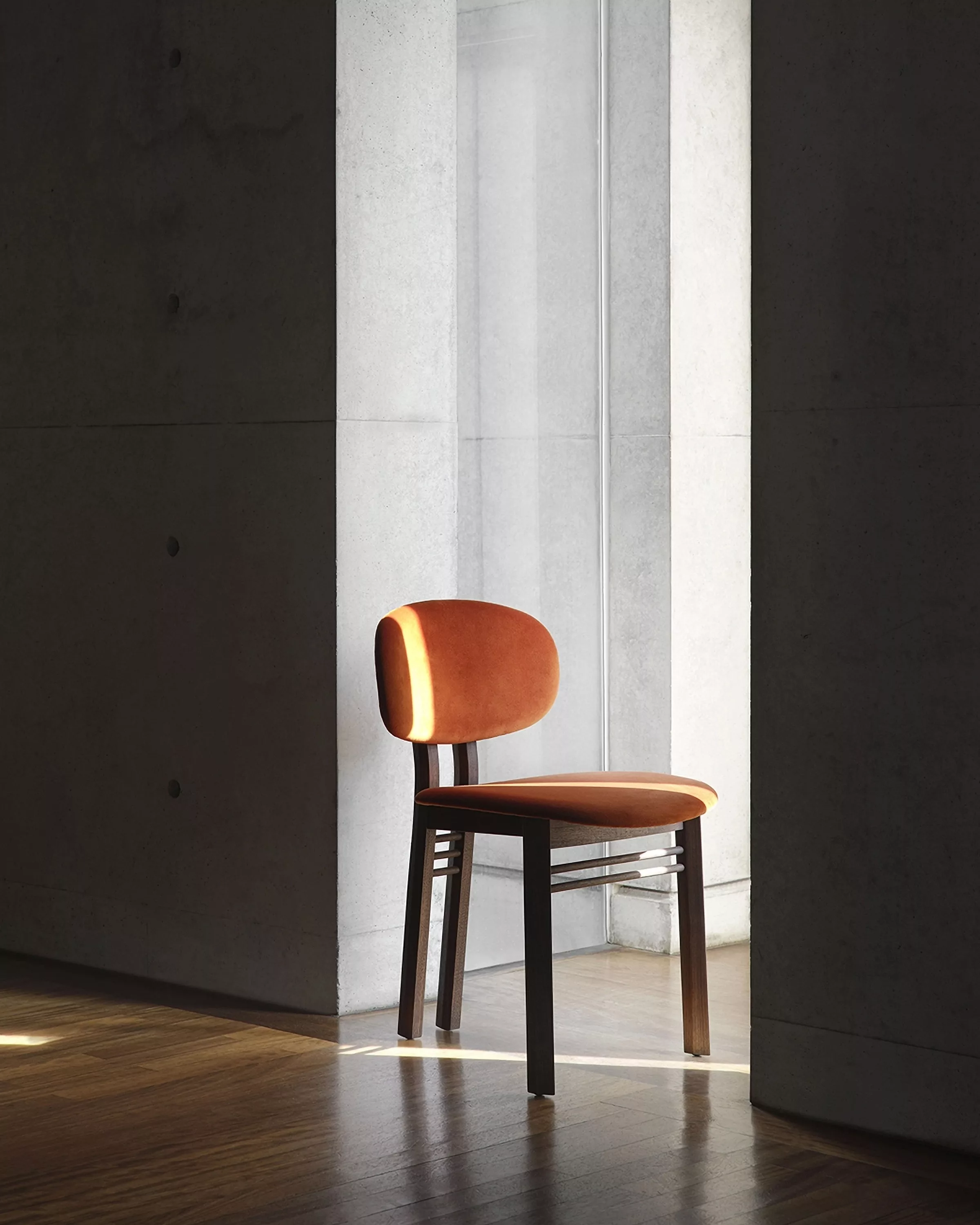
Med
Acerbis
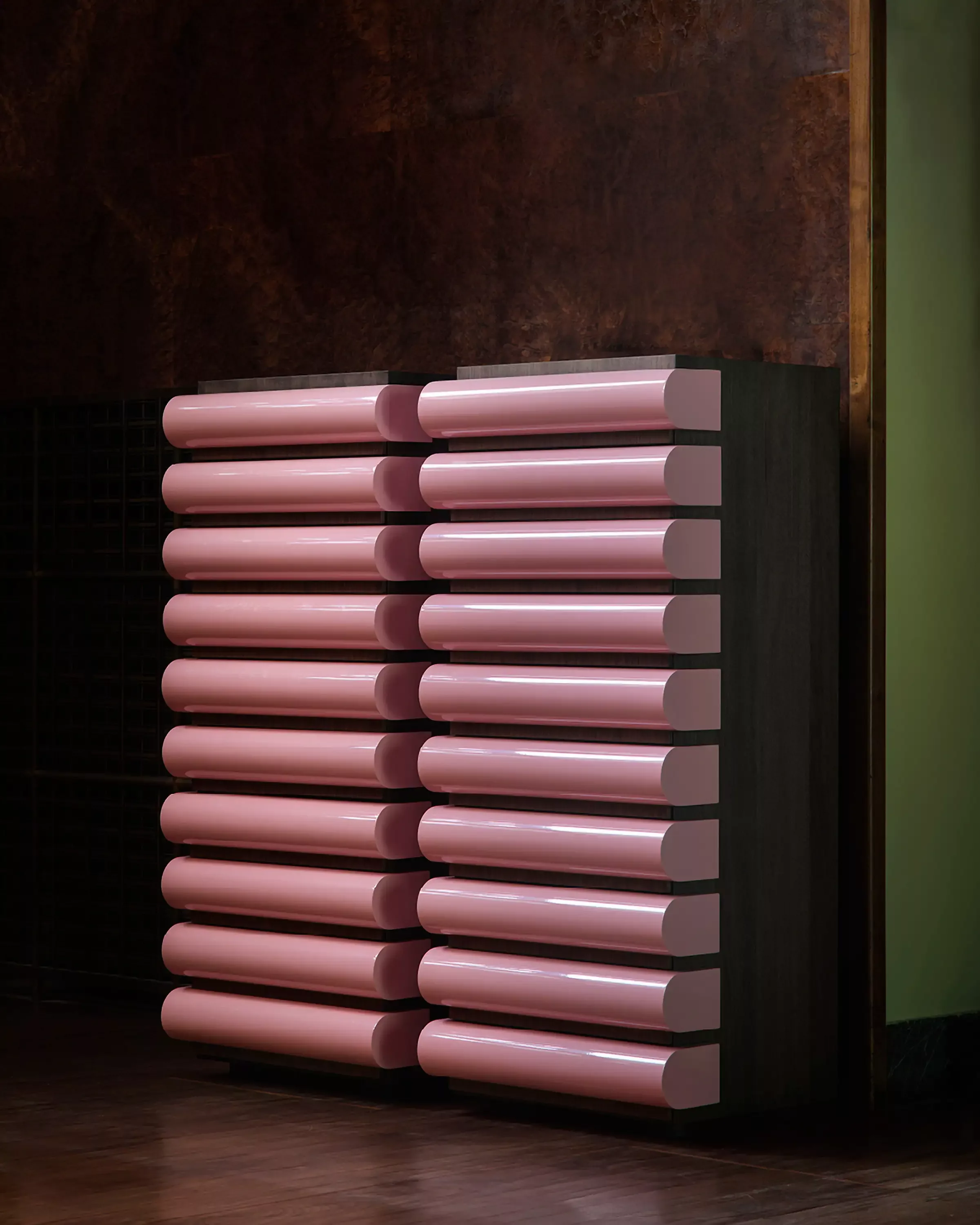
Storet
Acerbis
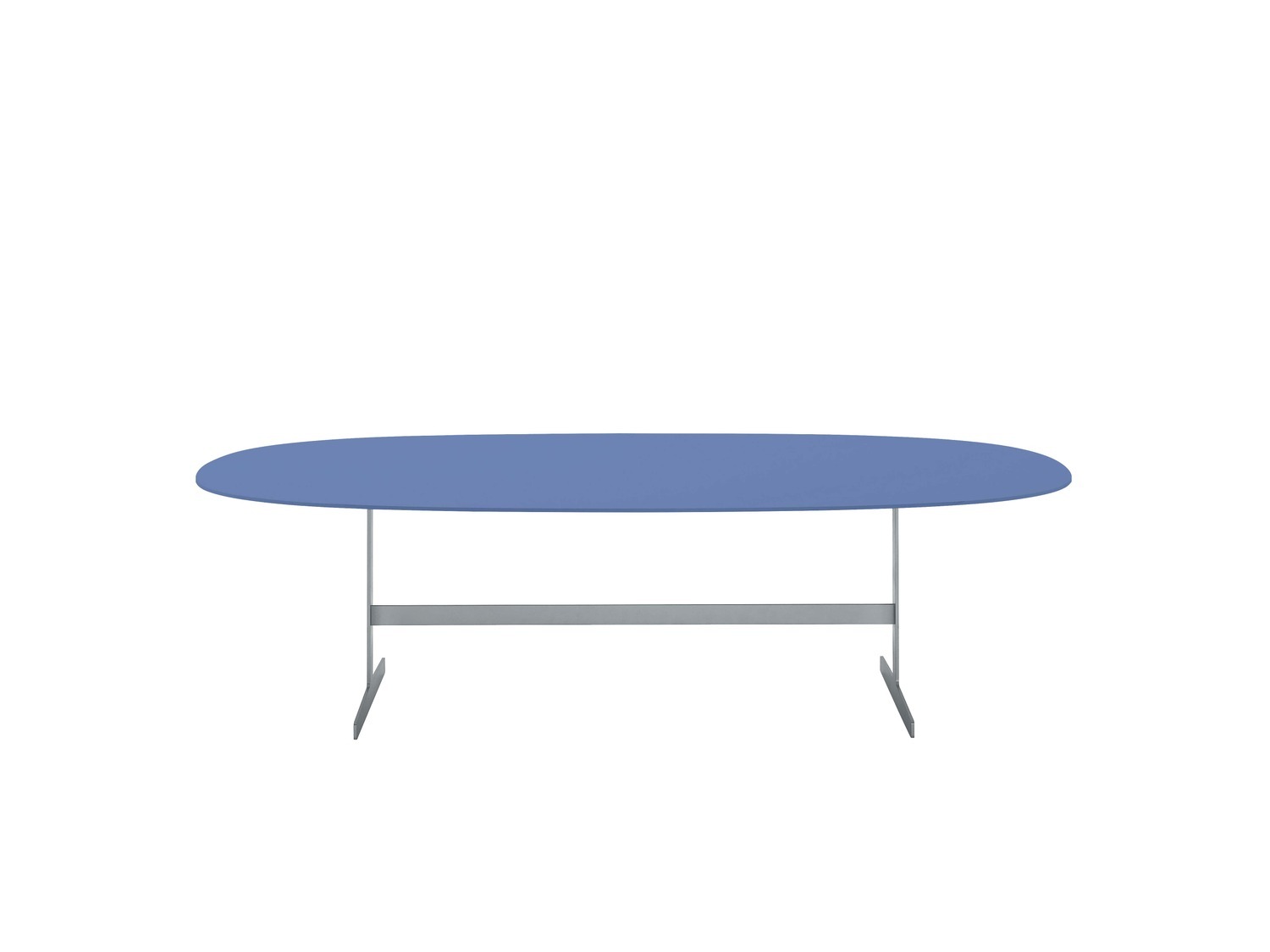
Simplon
Cappellini
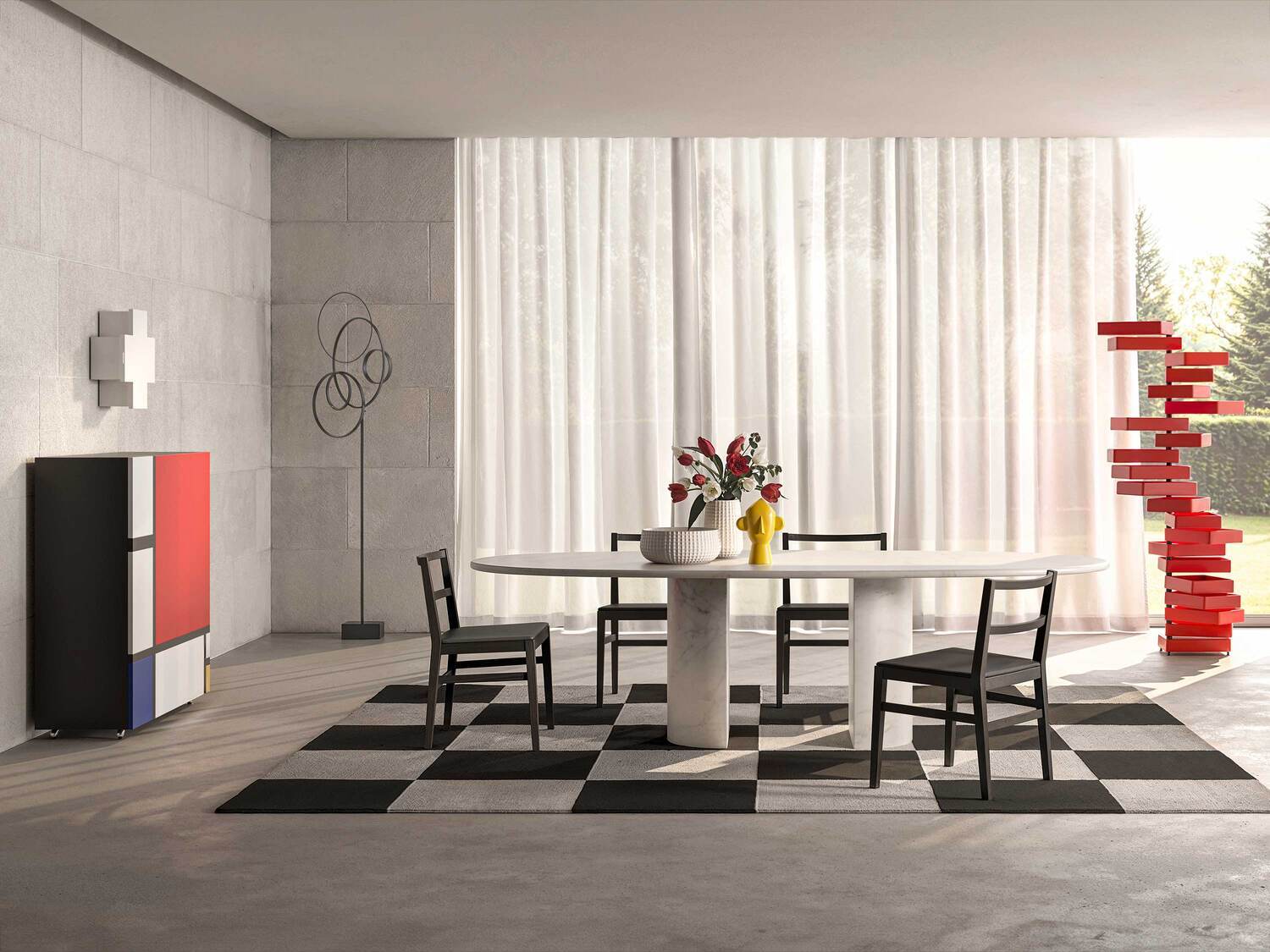
Dolmen
Cappellini
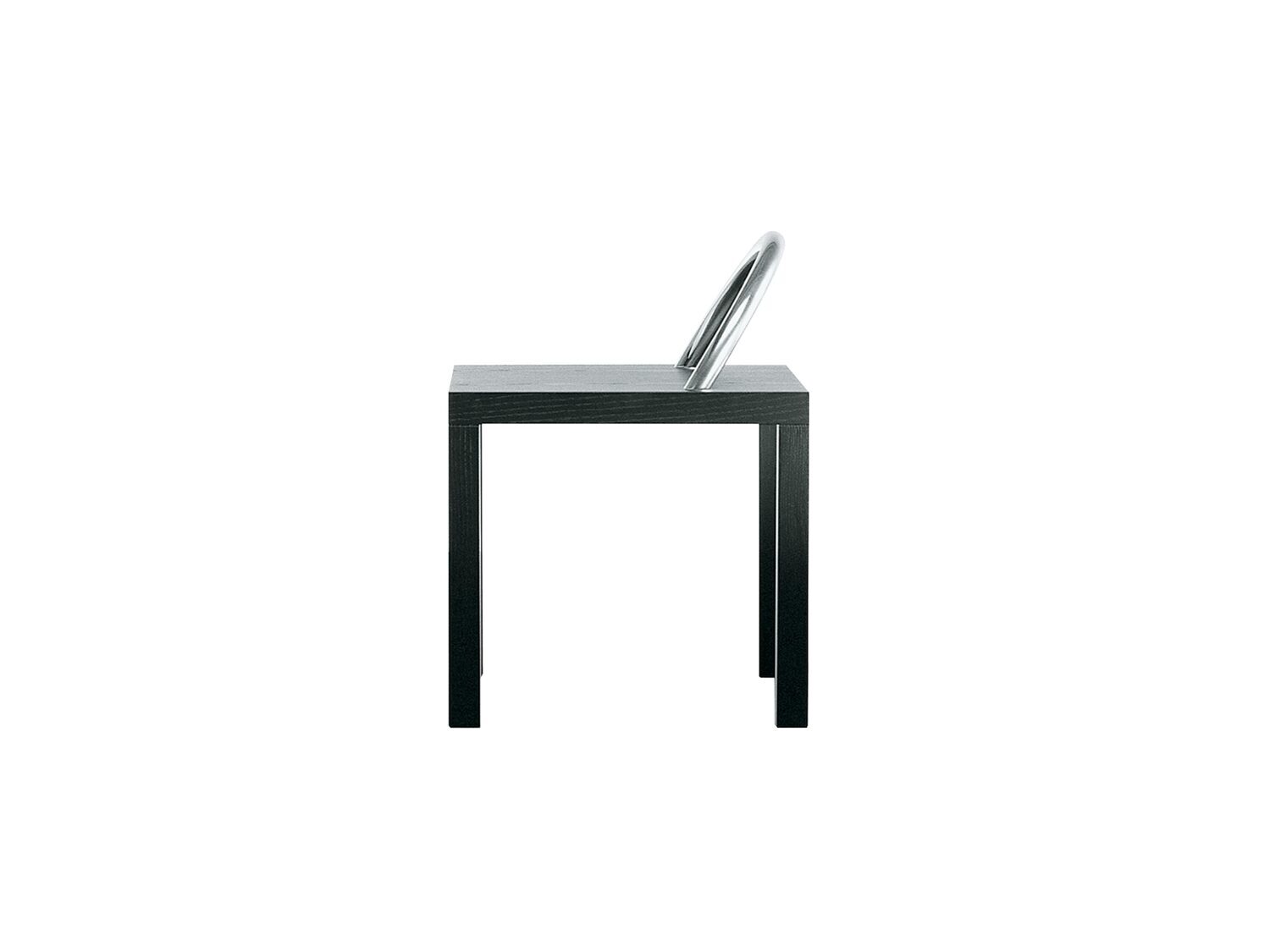
KO-KO
Cappellini
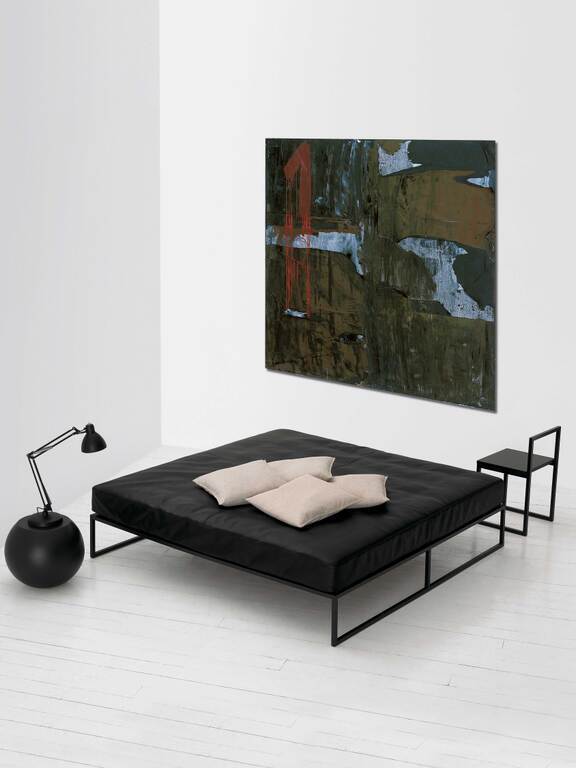
Fronzoni '64
Cappellini

Bac
Cappellini

Classica
Cappellini

Hiroi
Cappellini

Low Pad
Cappellini
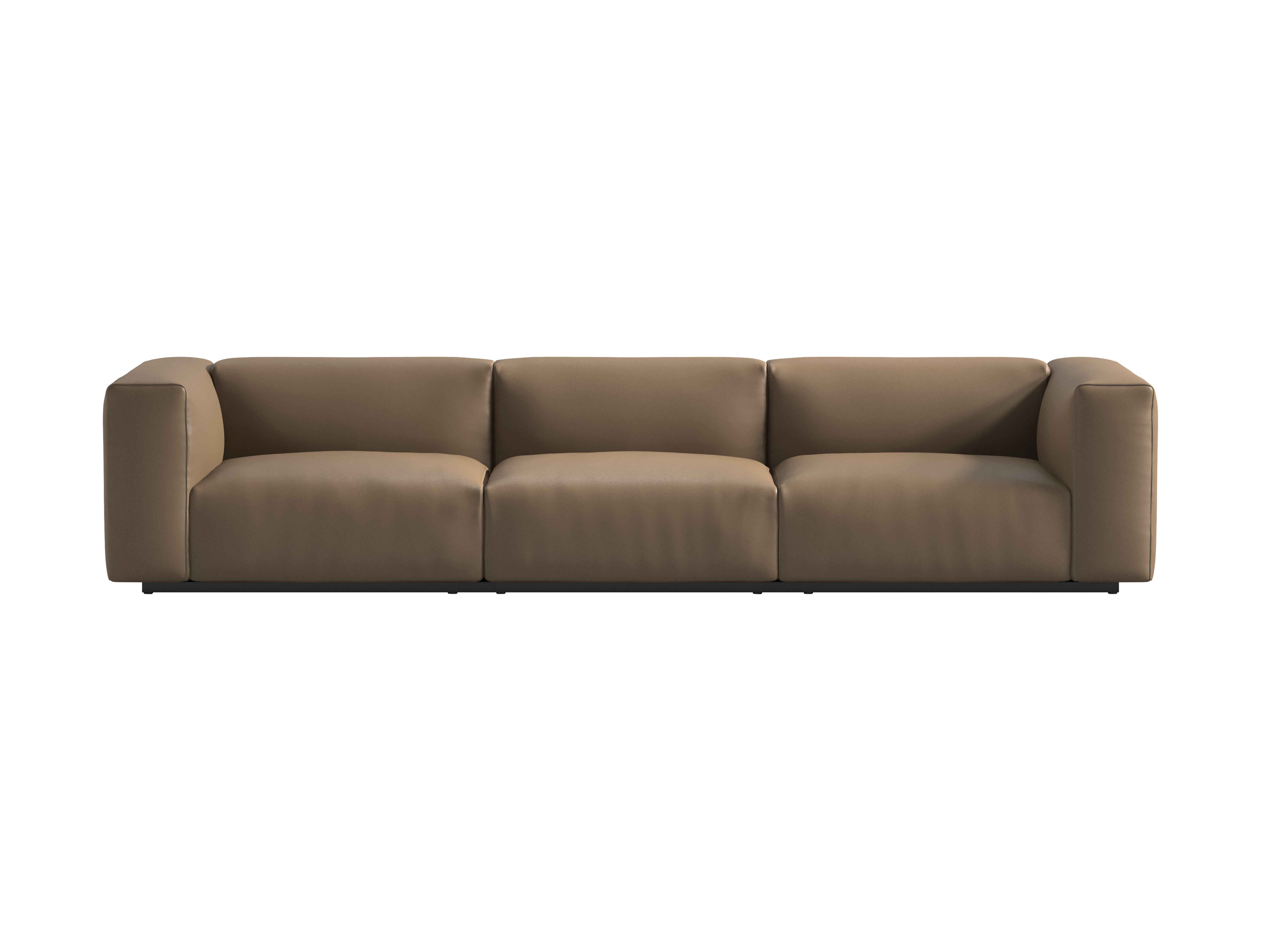
Oblong Plus
Cappellini
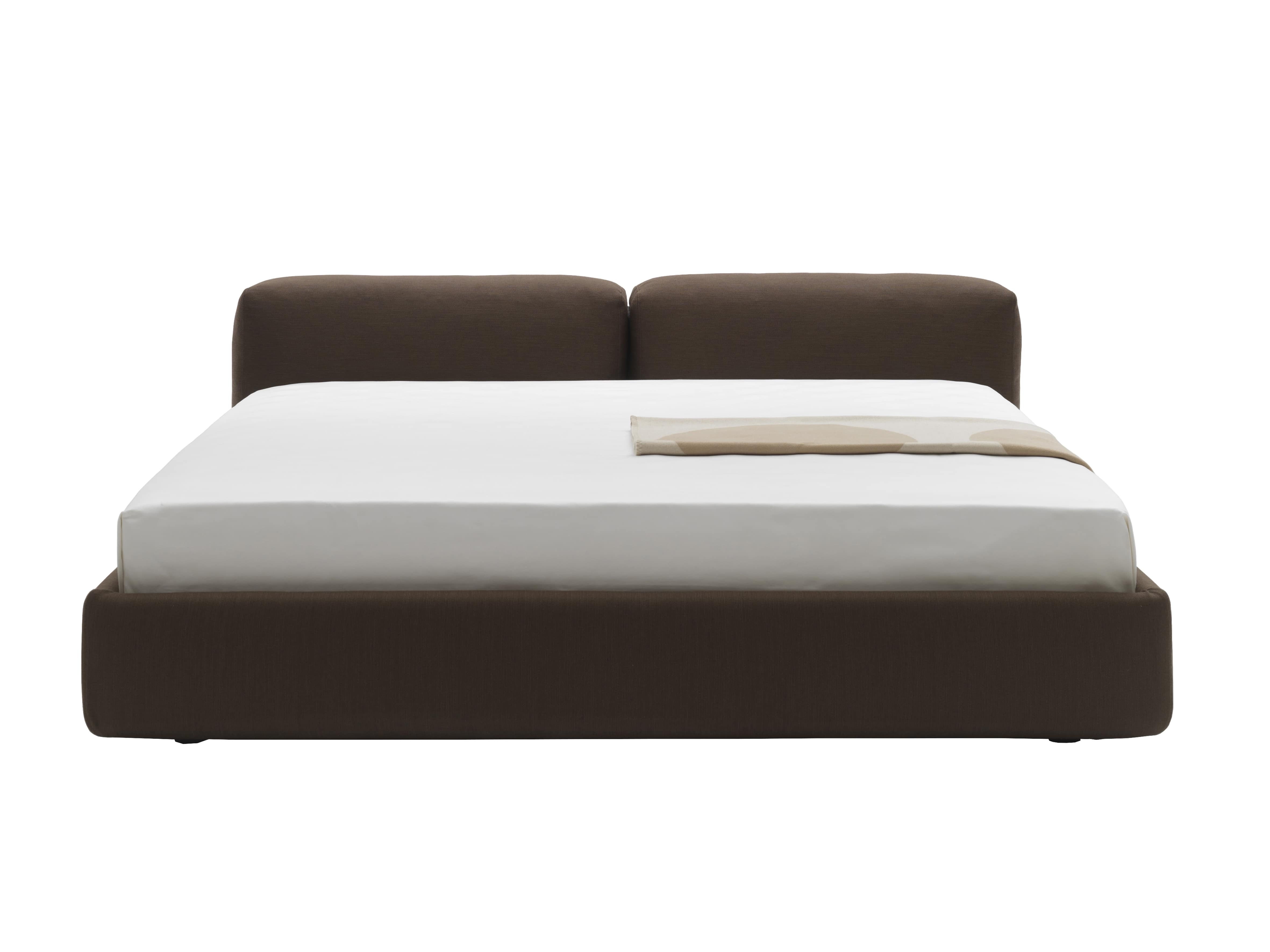
Superoblong Bed
Cappellini

Gambetta
Cappellini

Bookshelf
Cappellini

